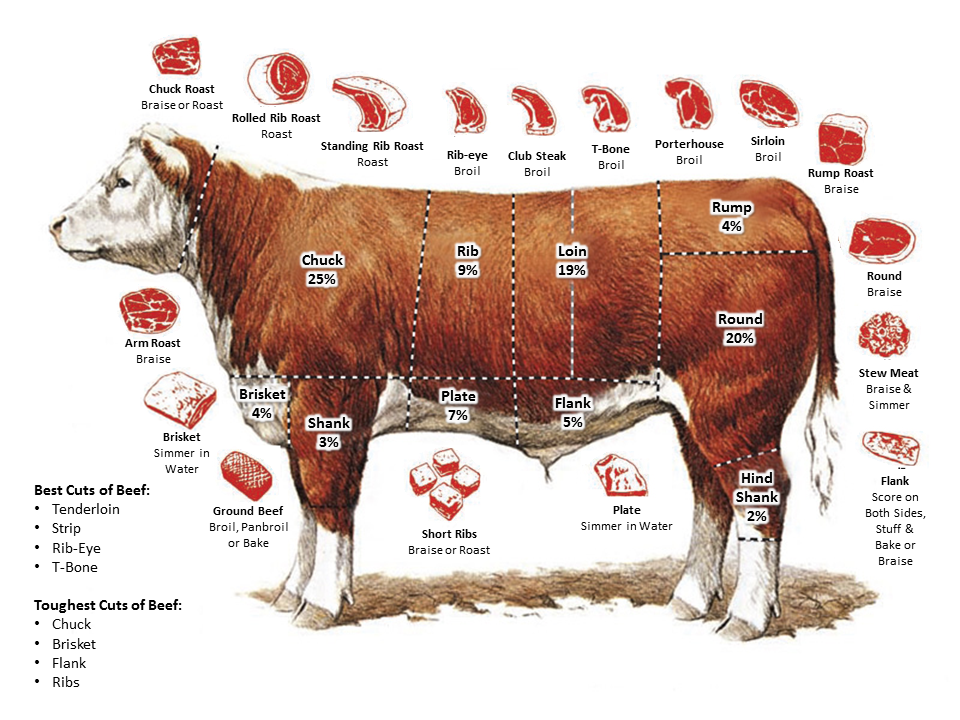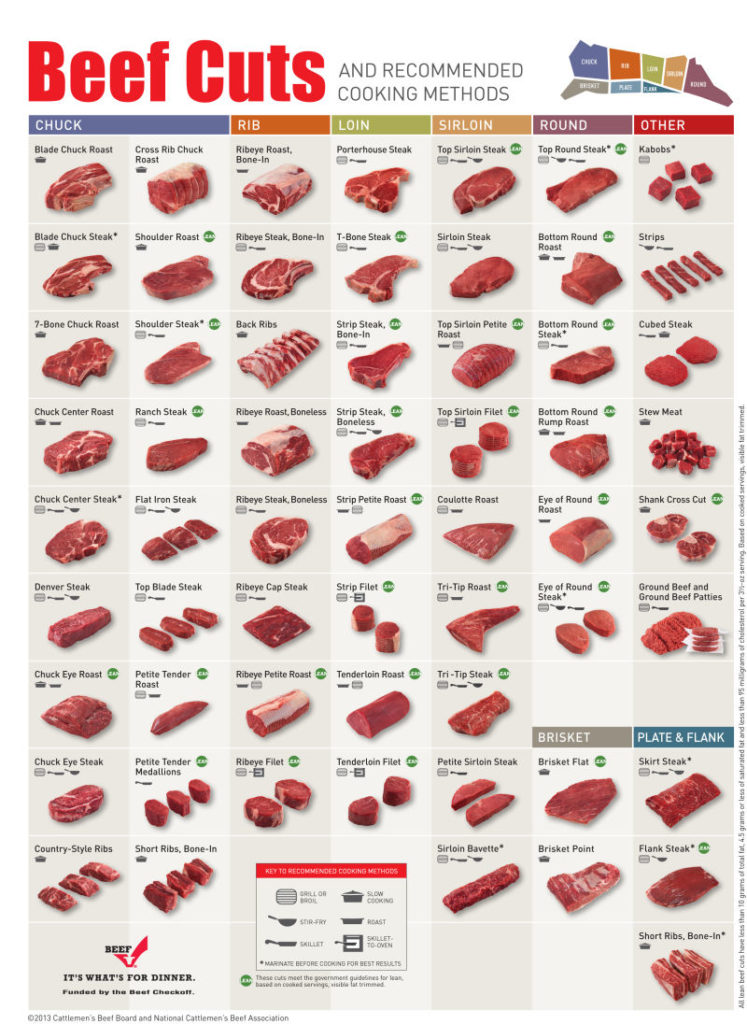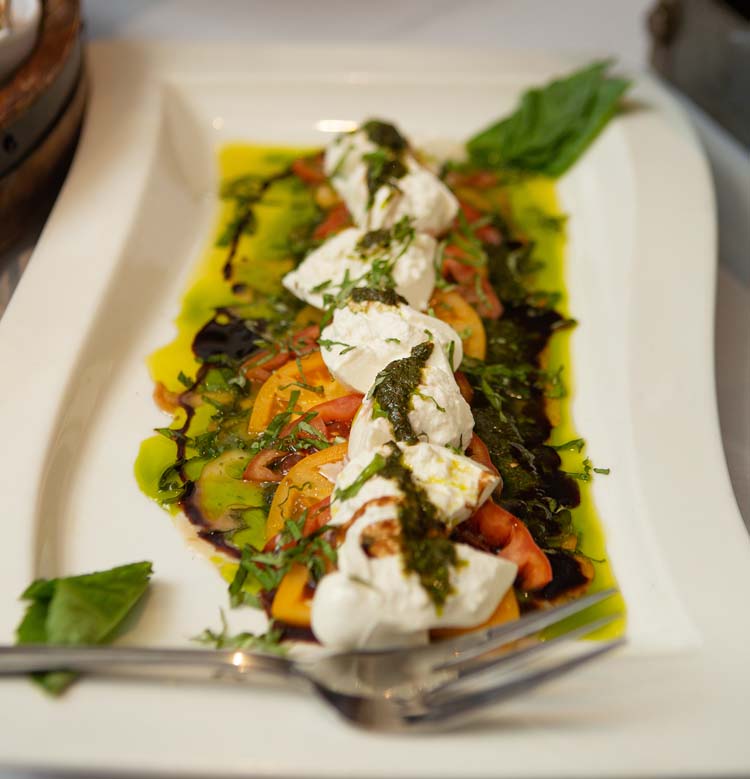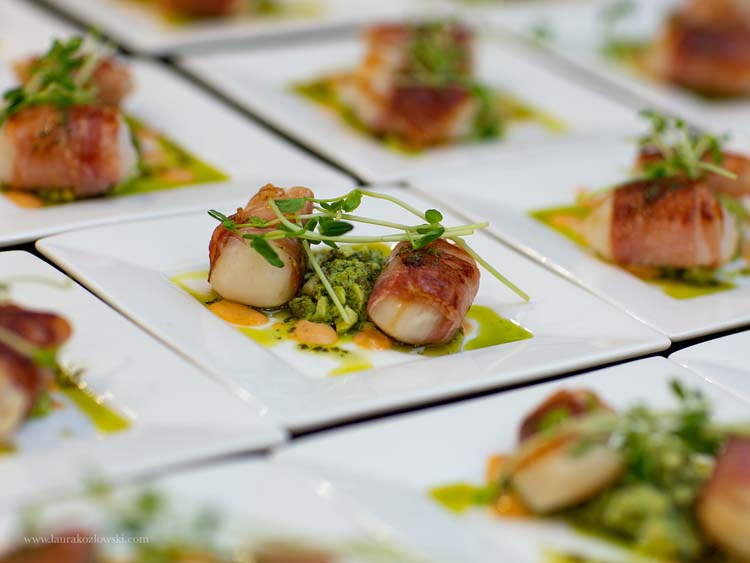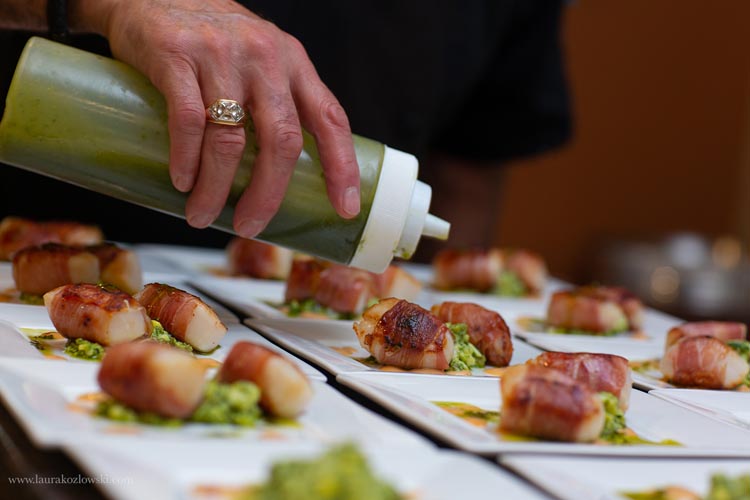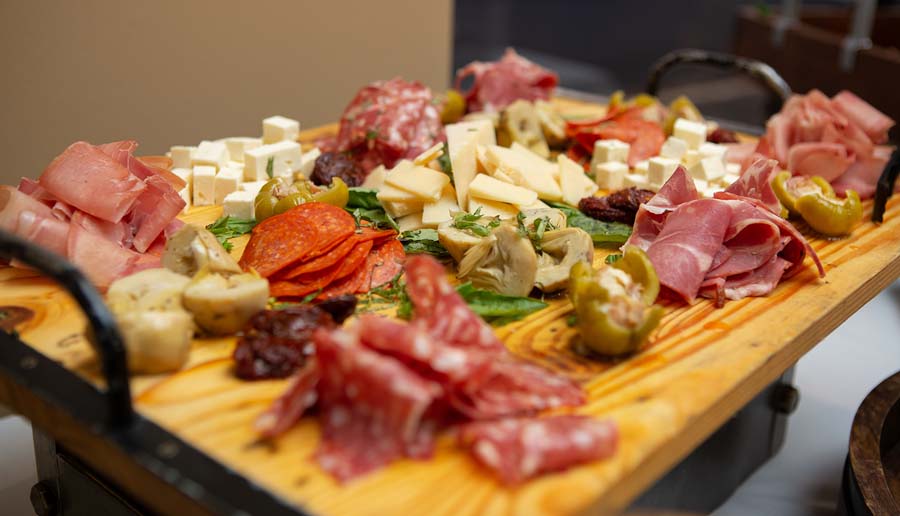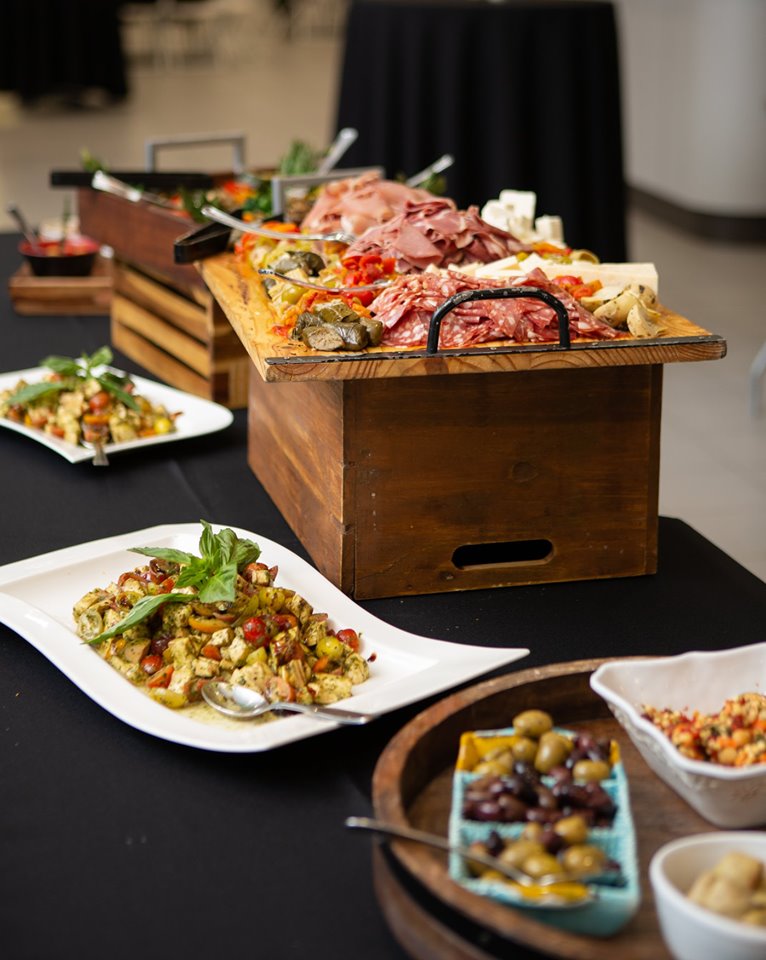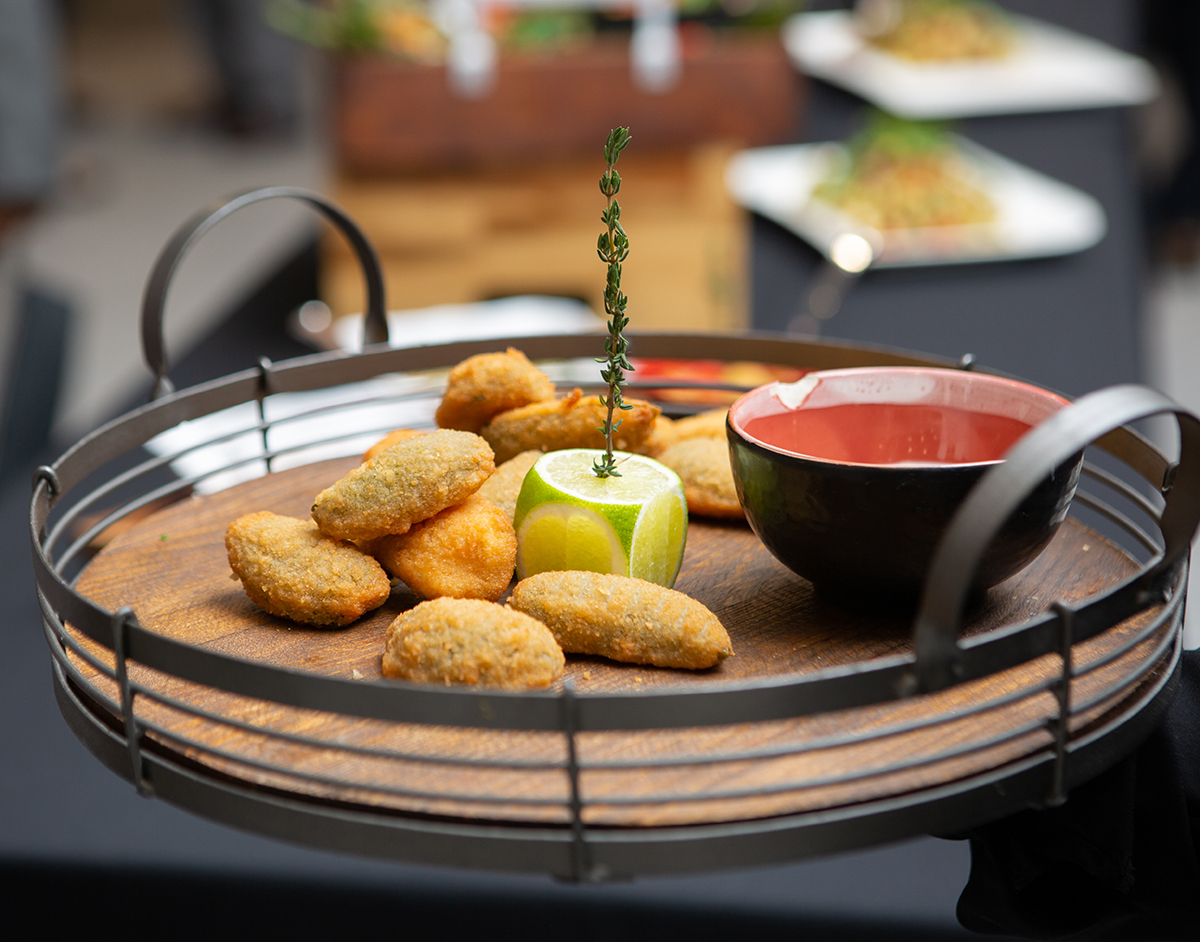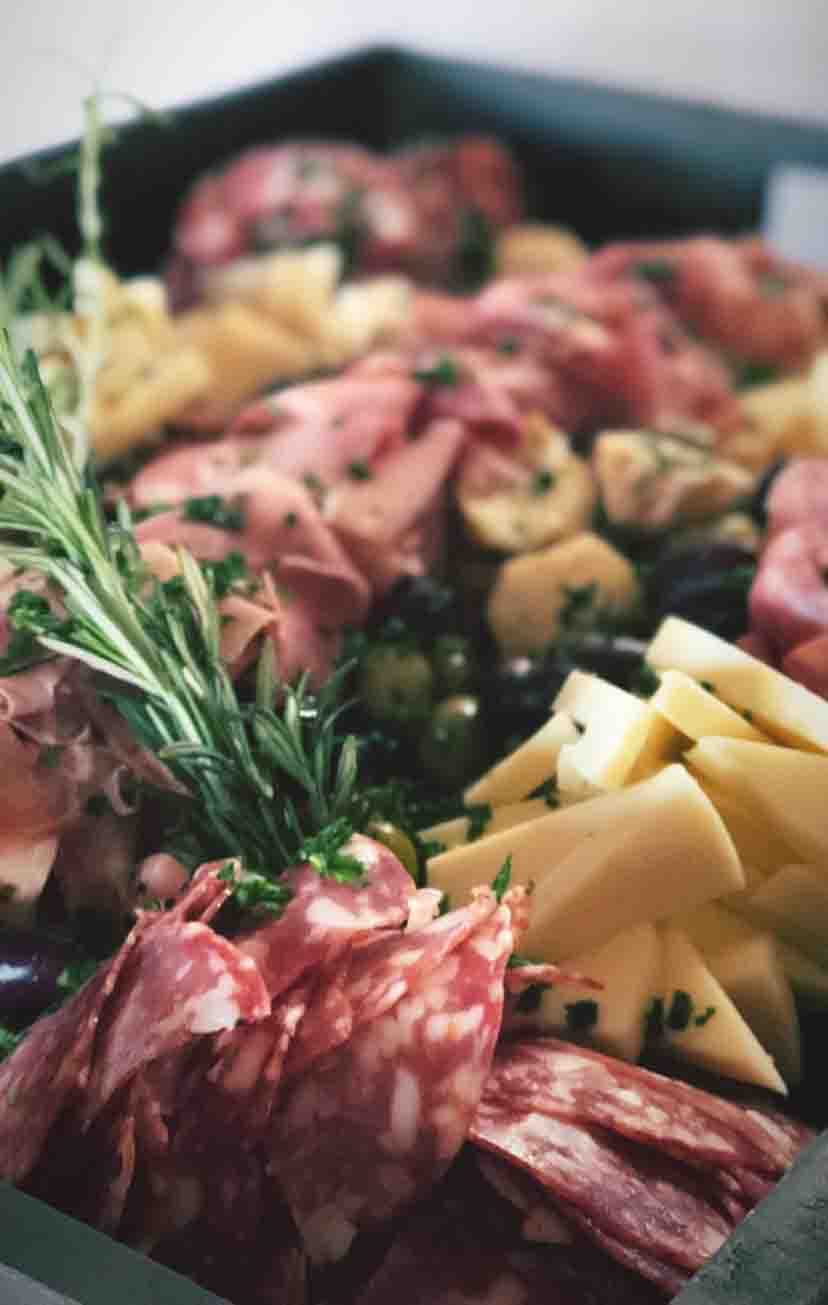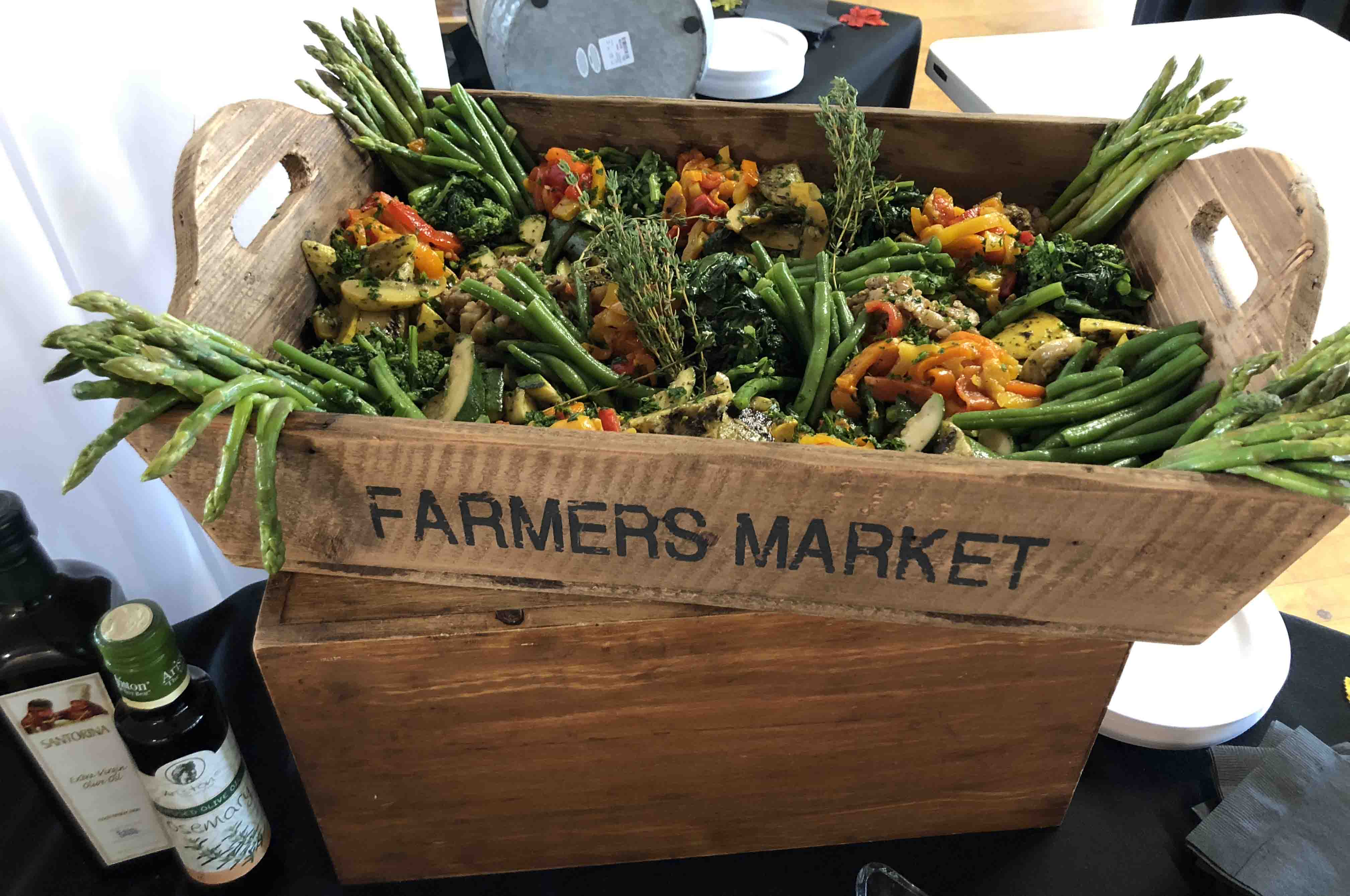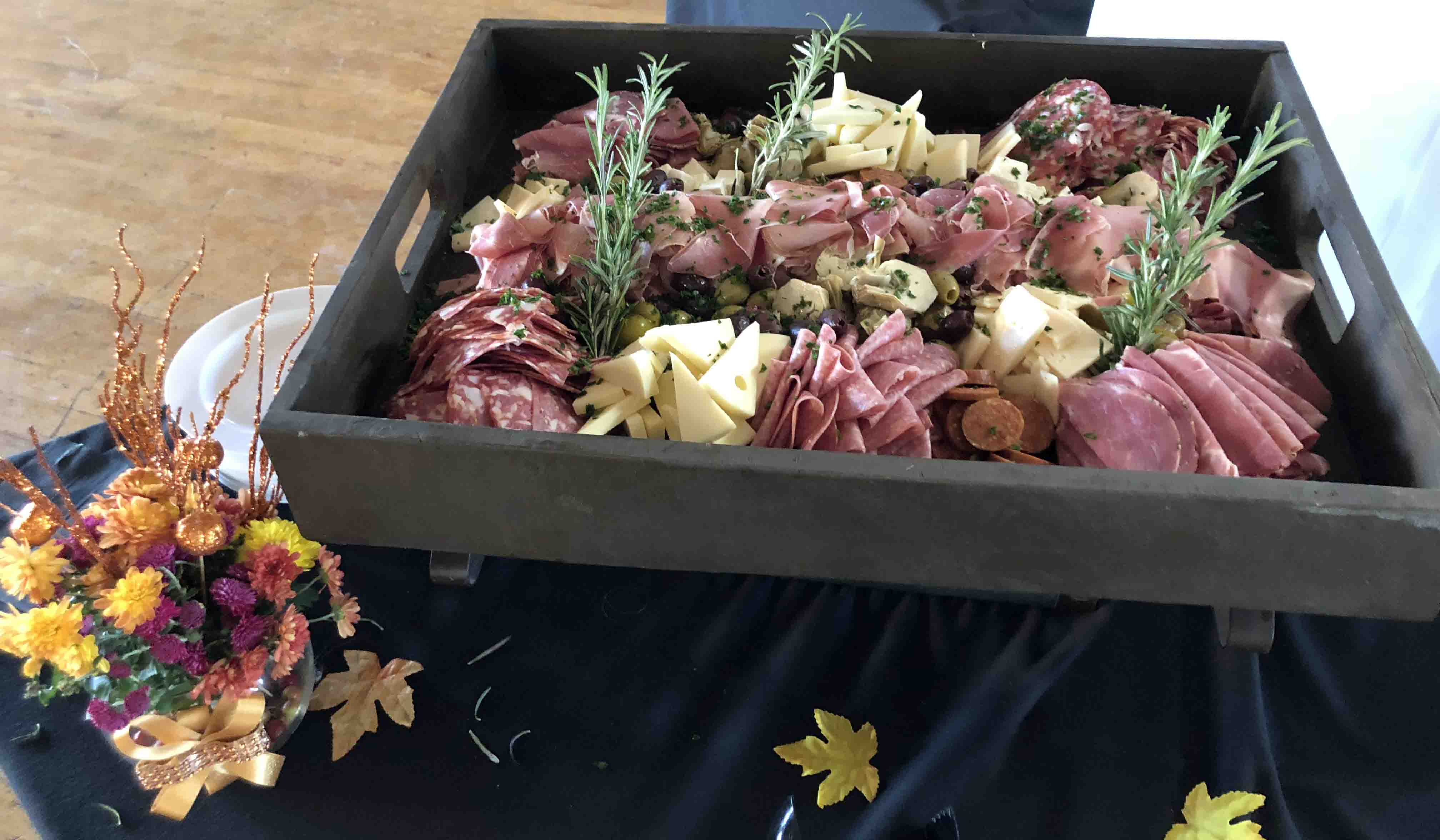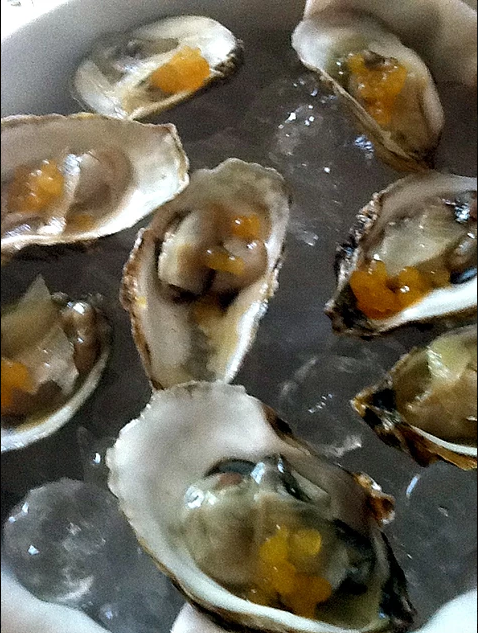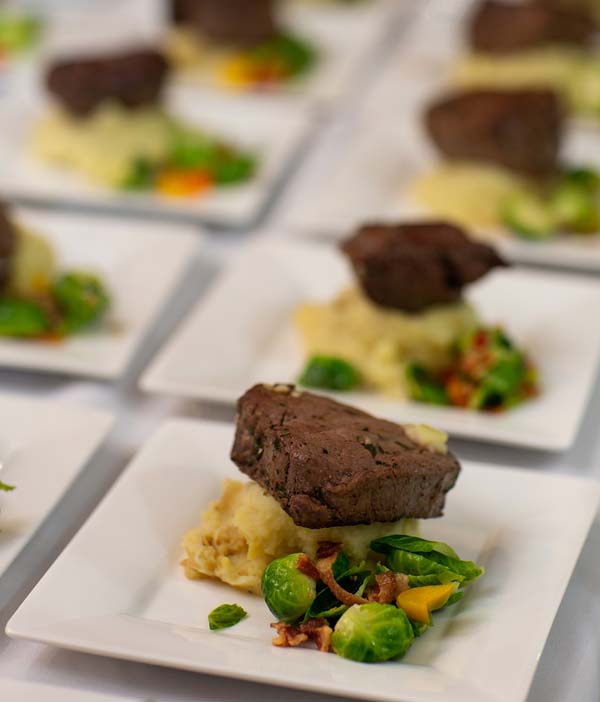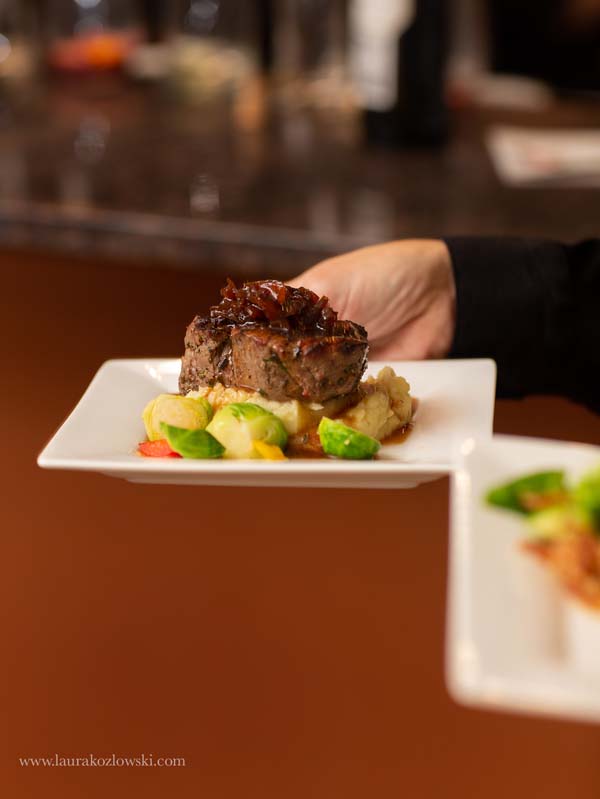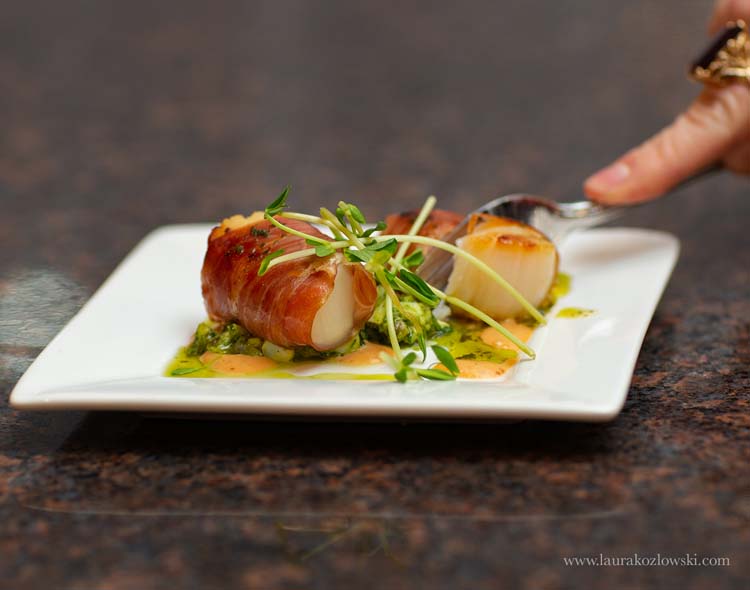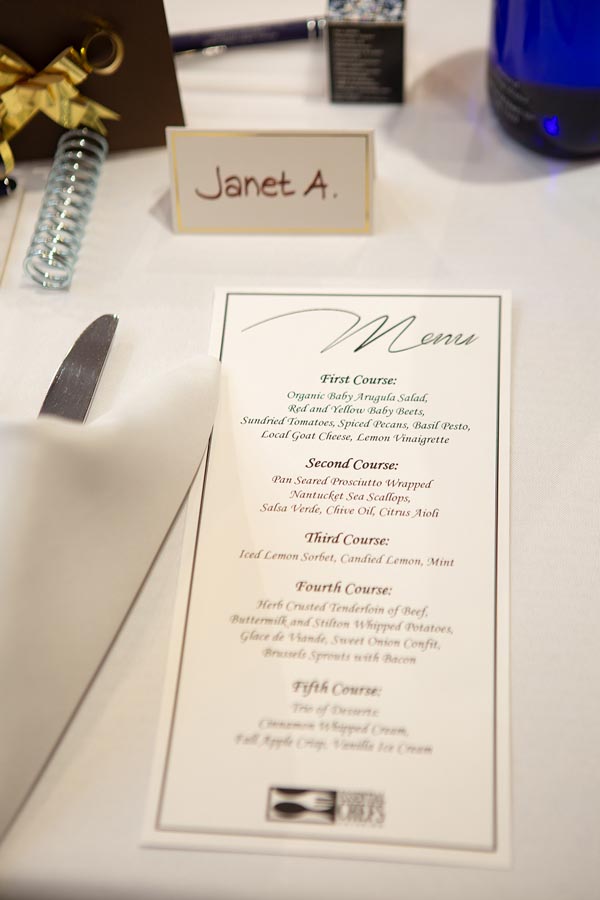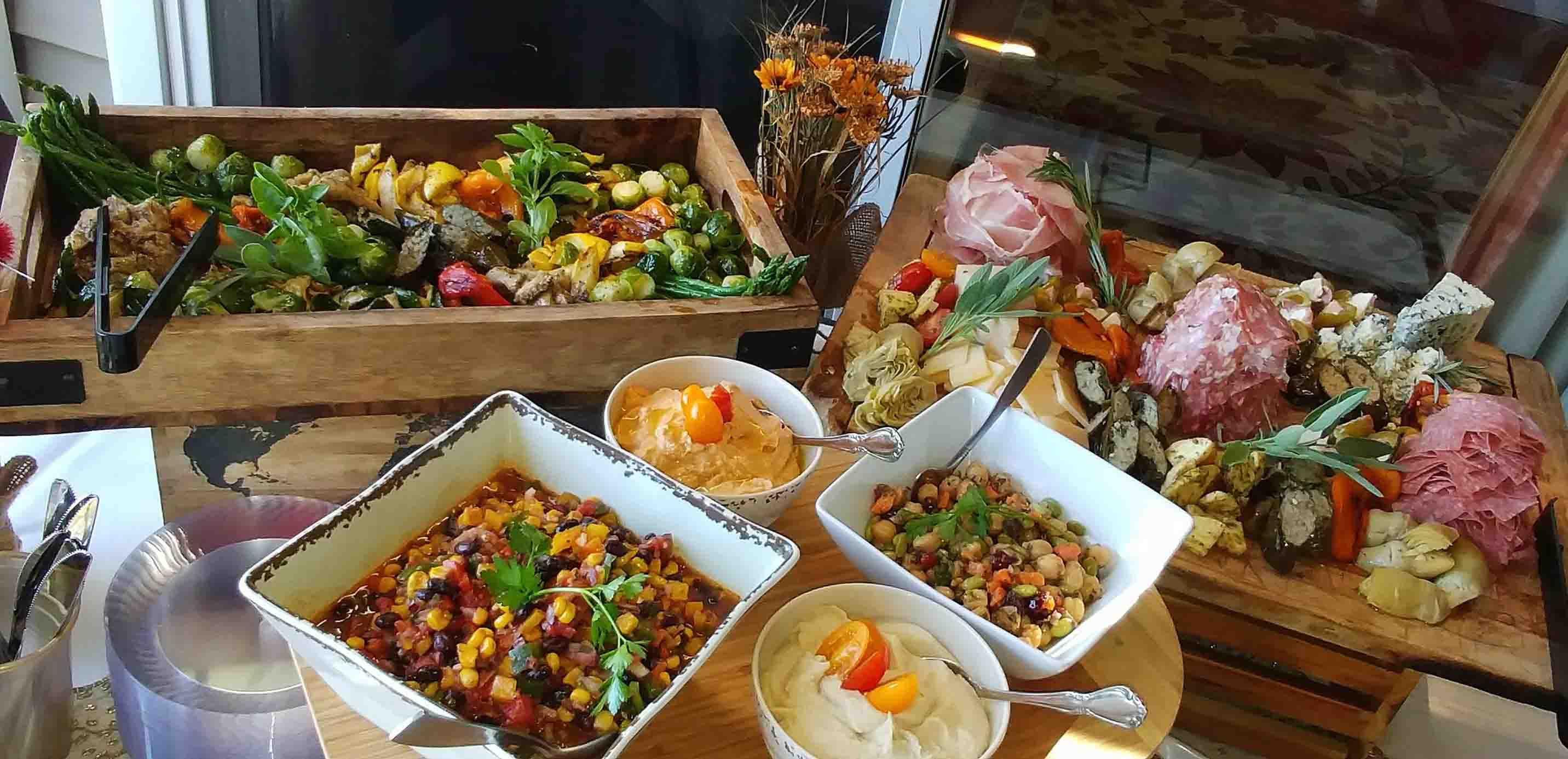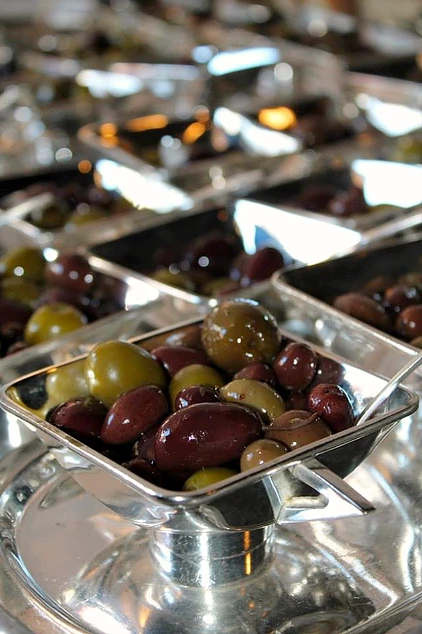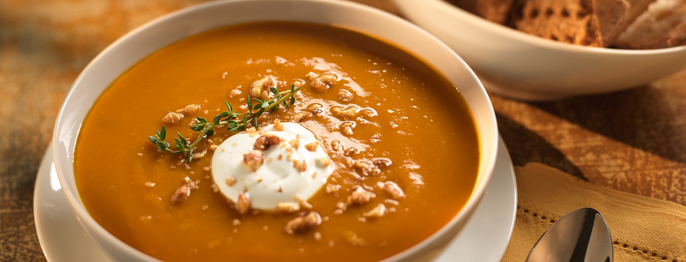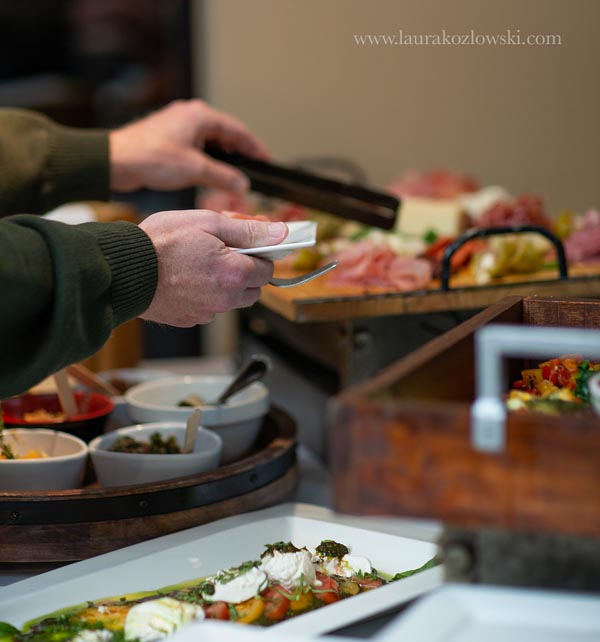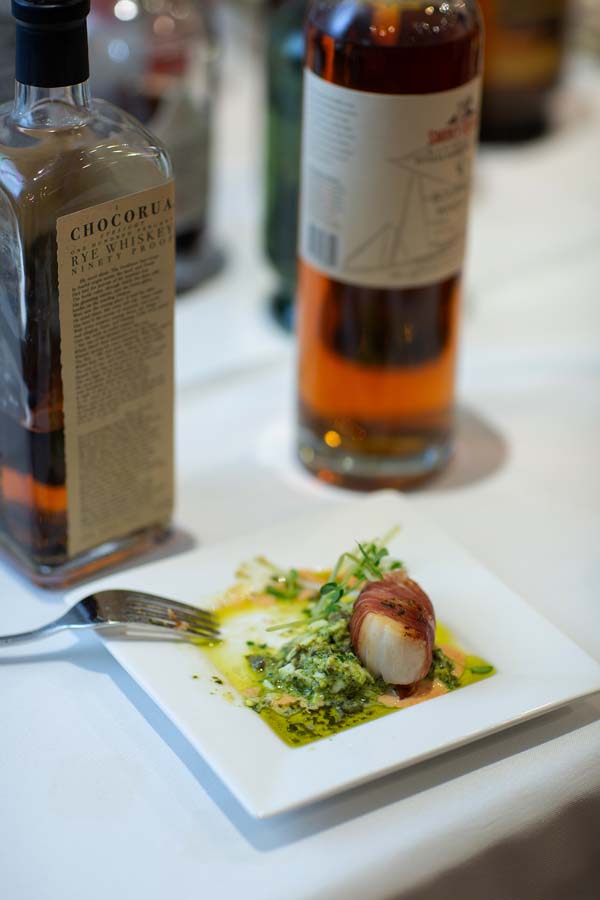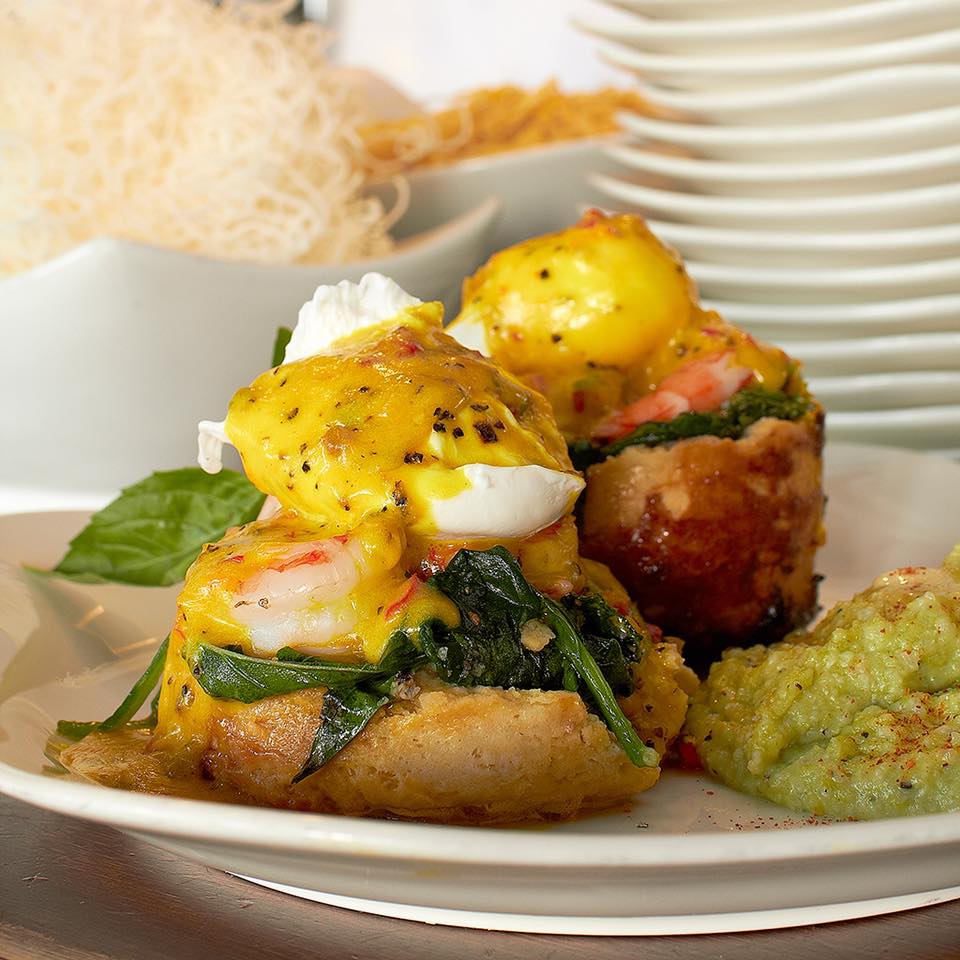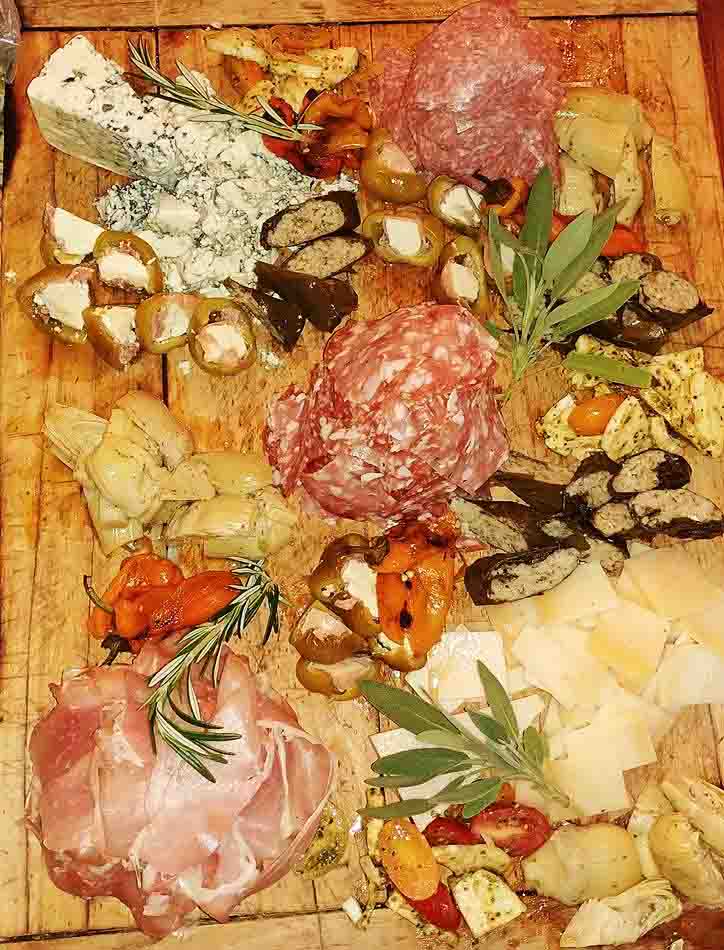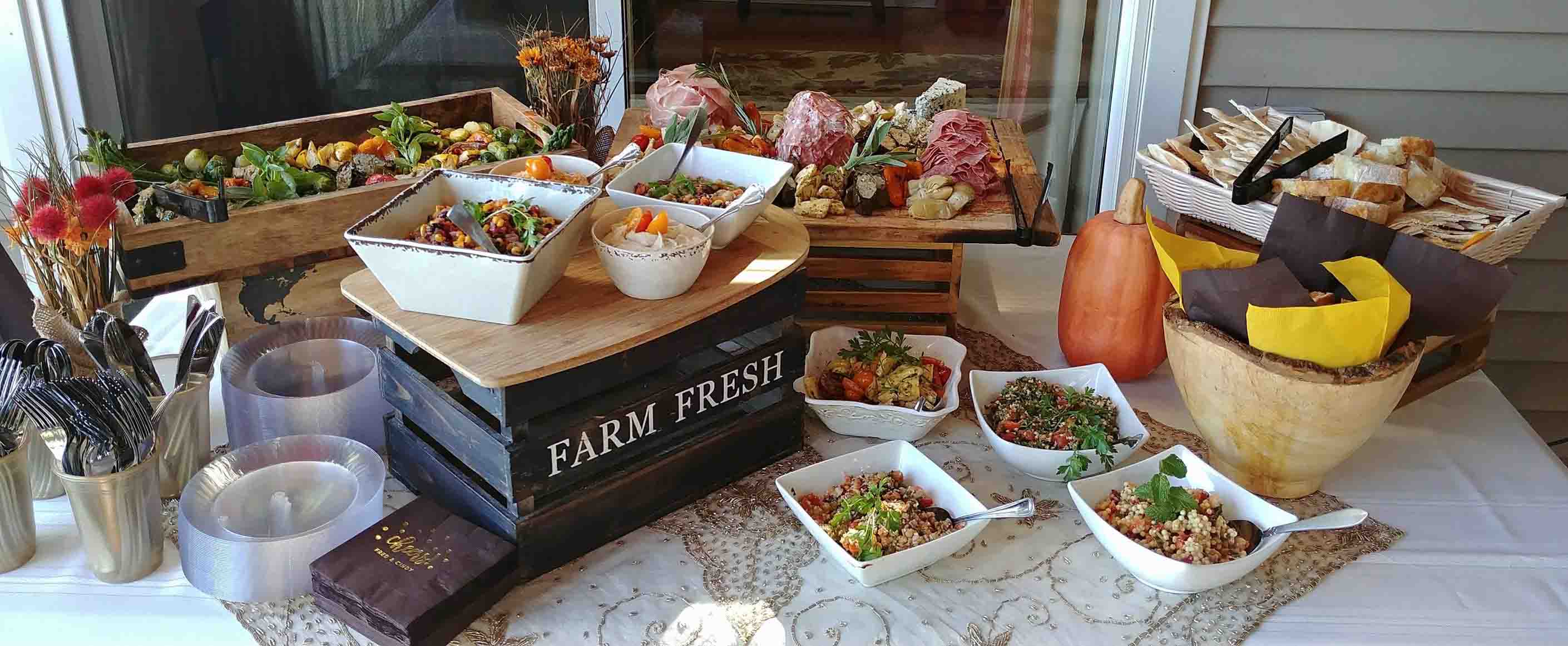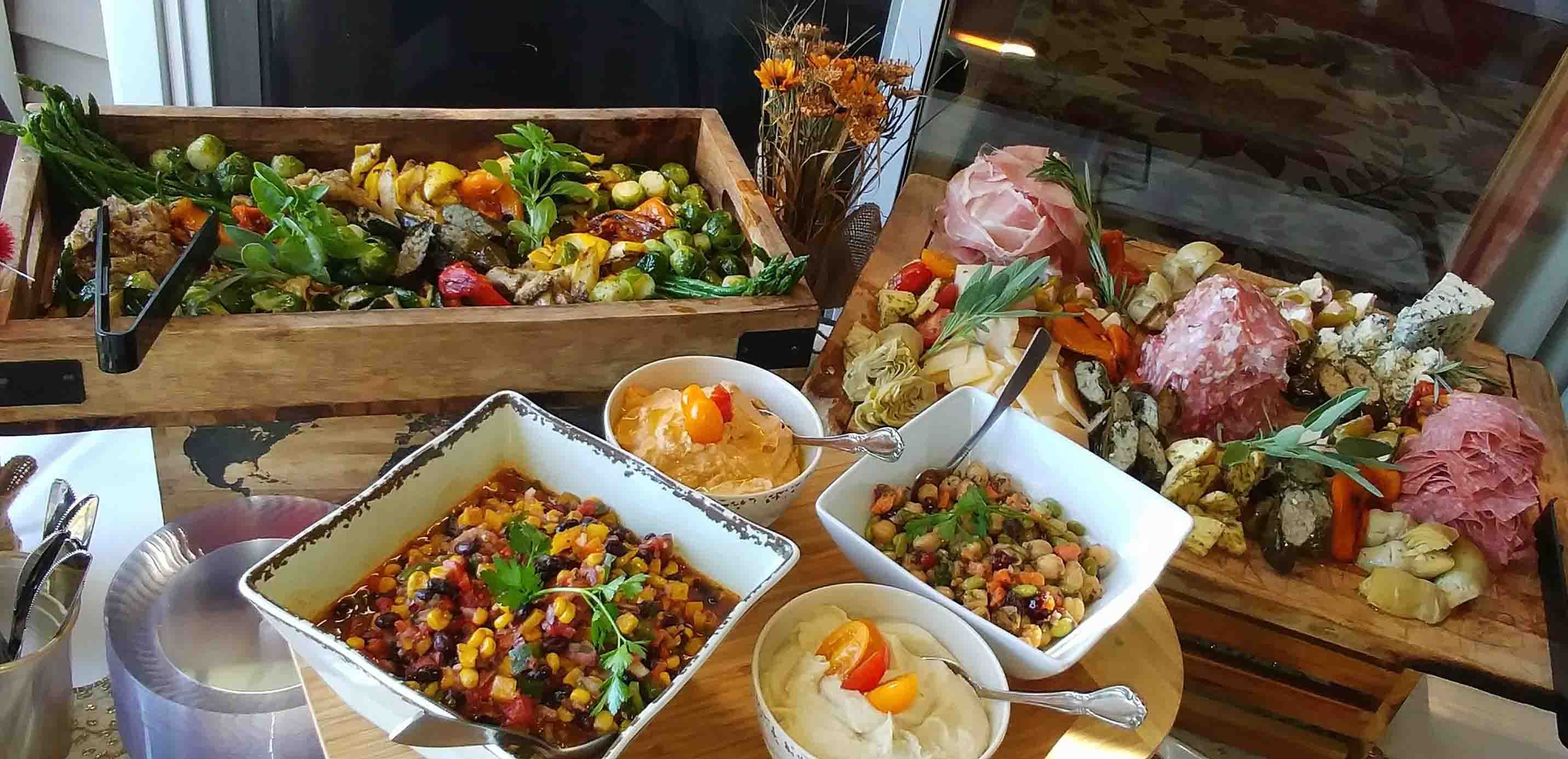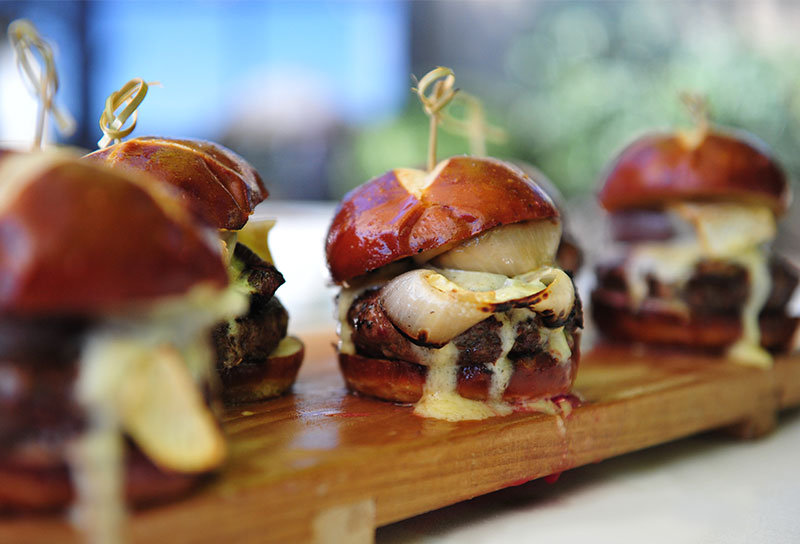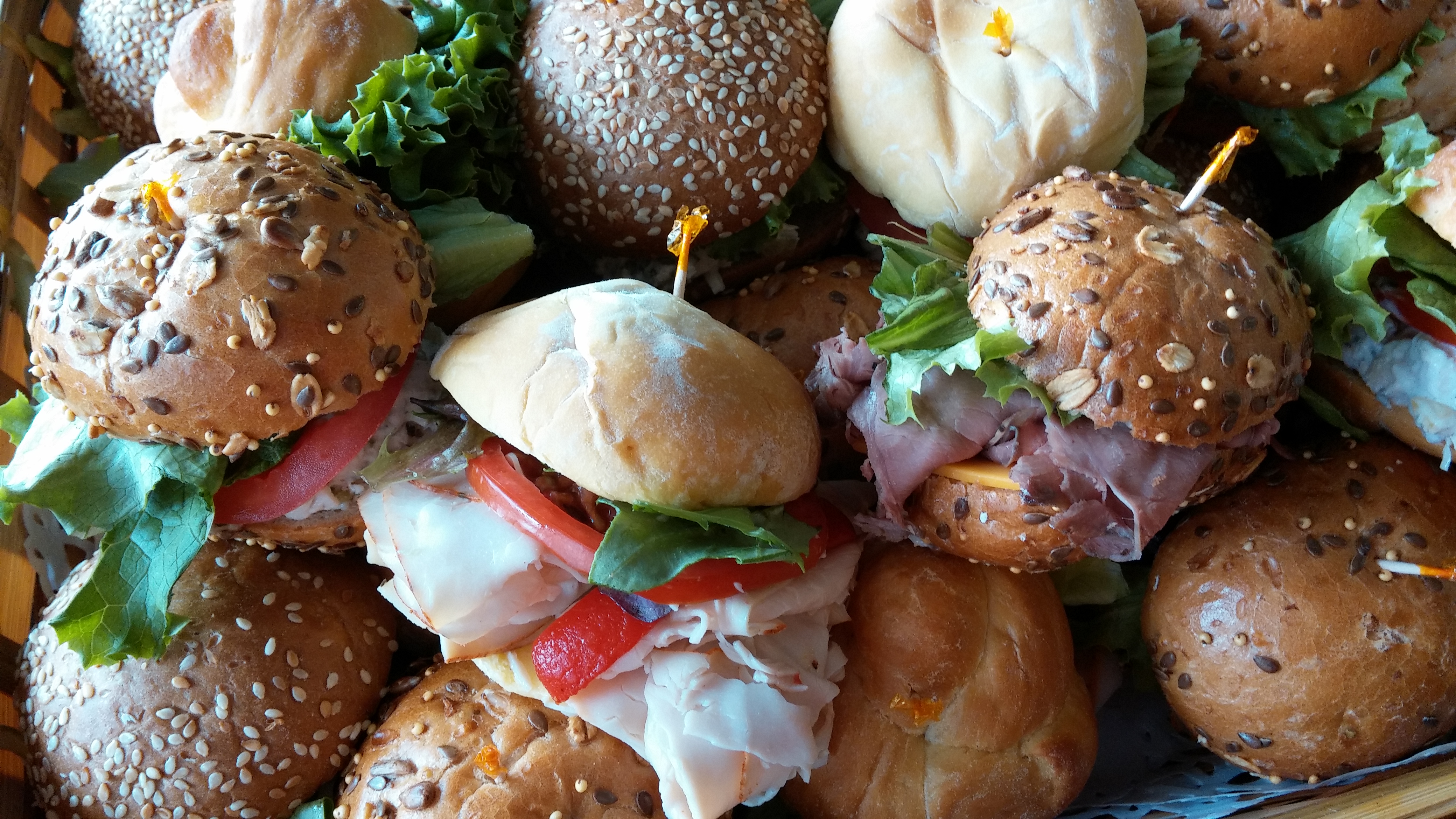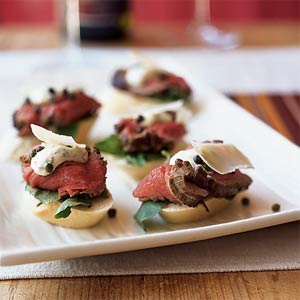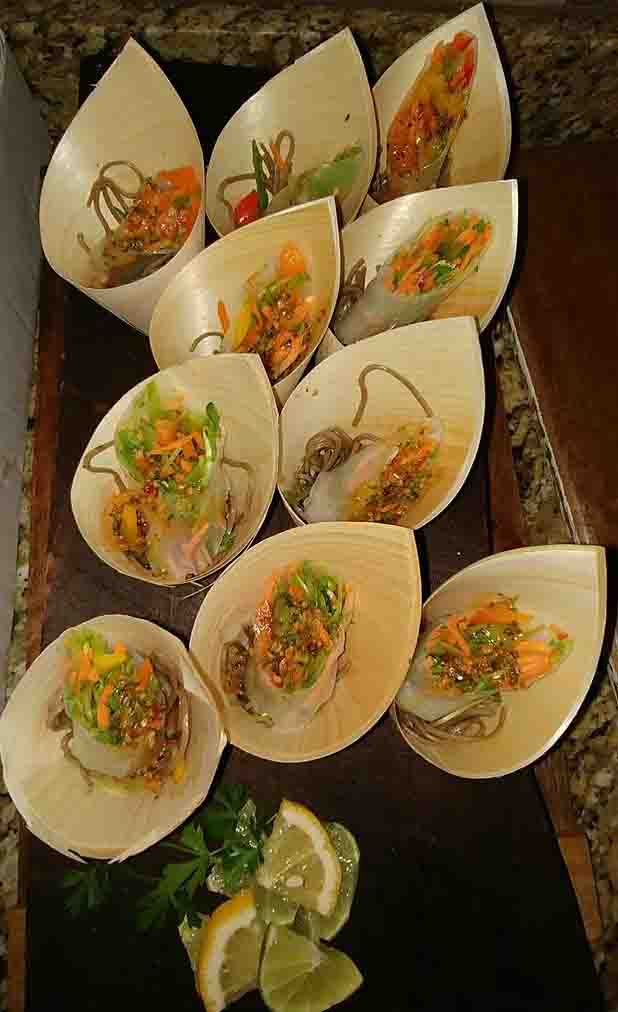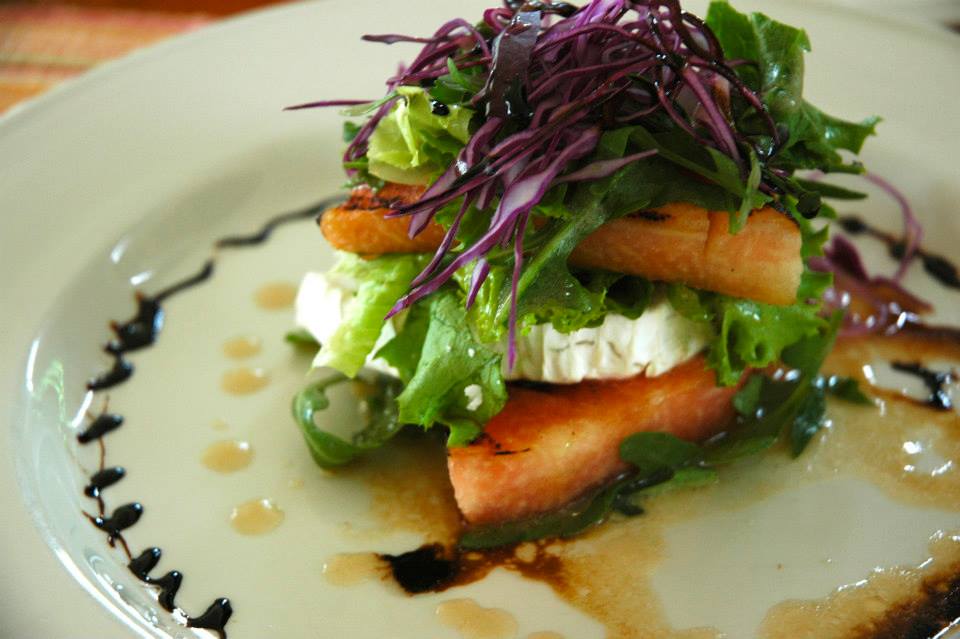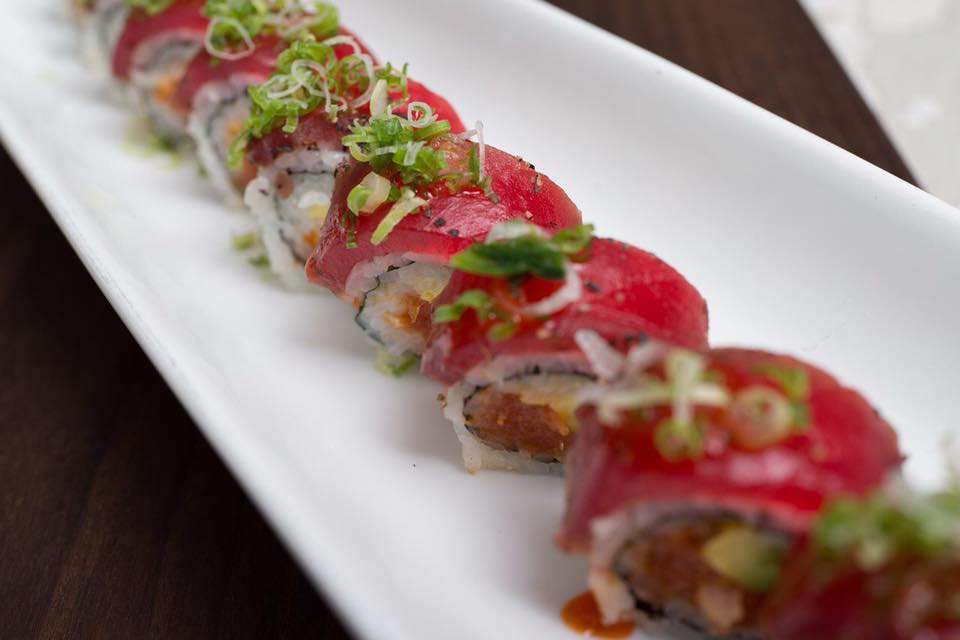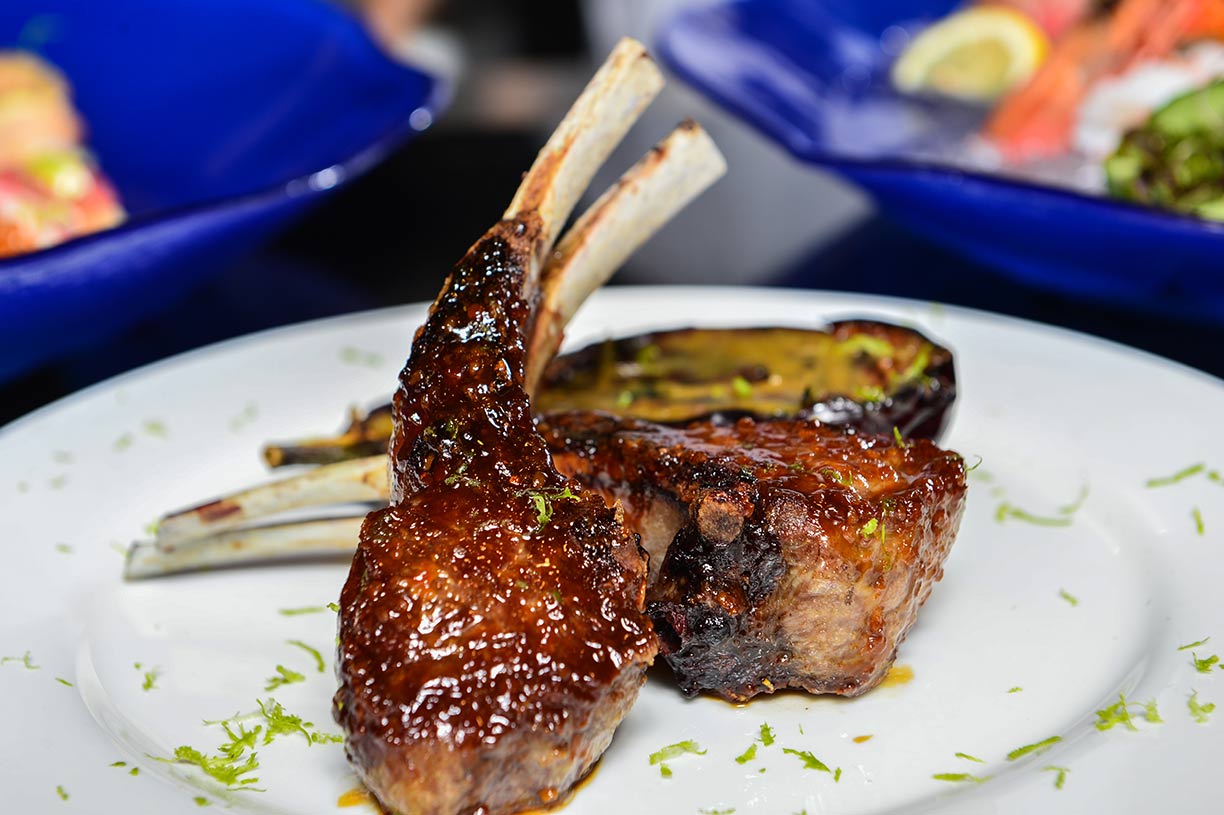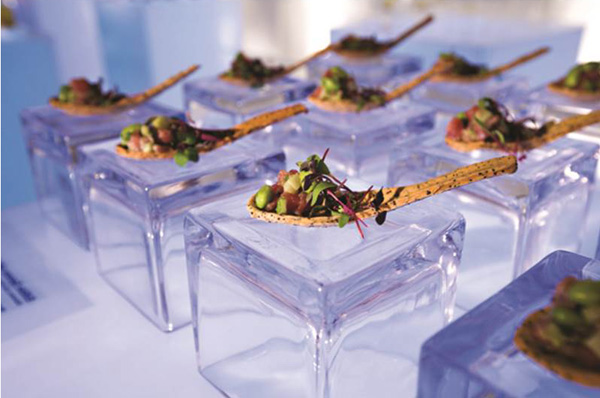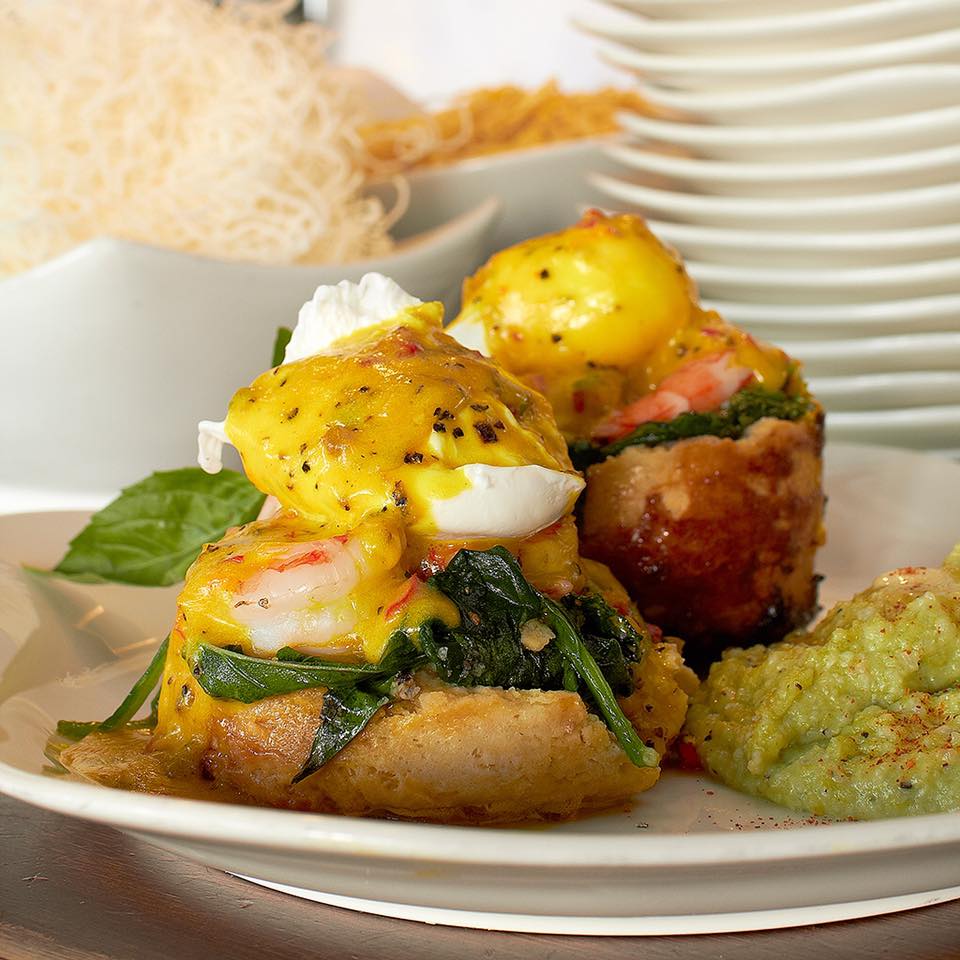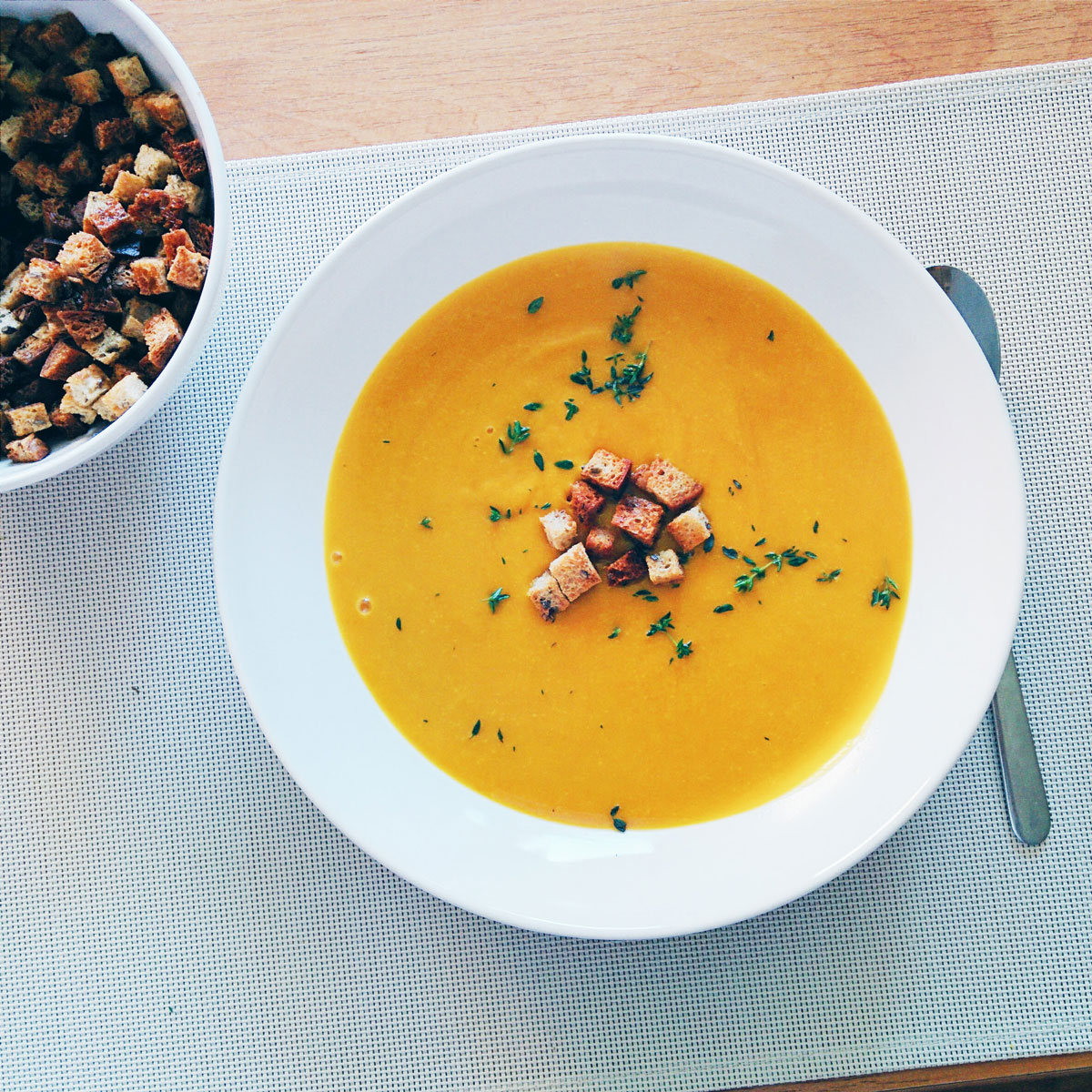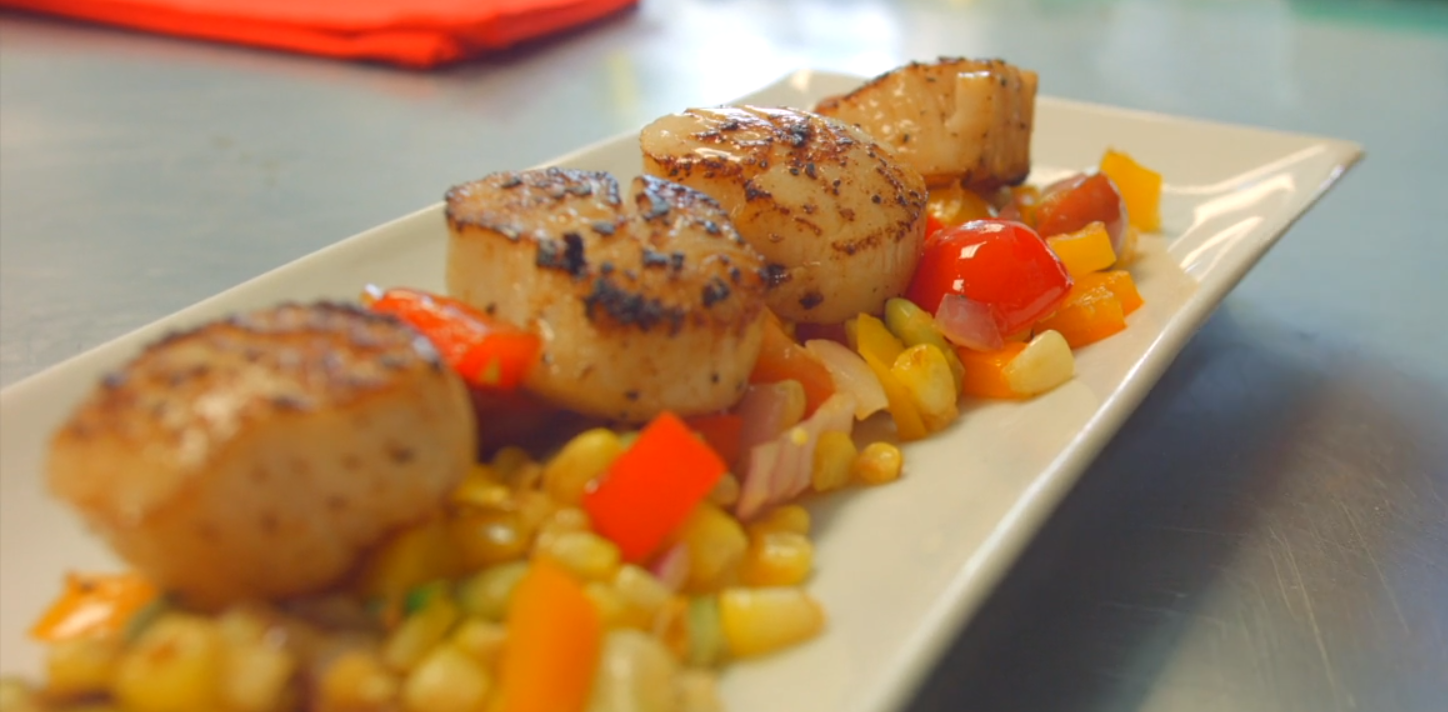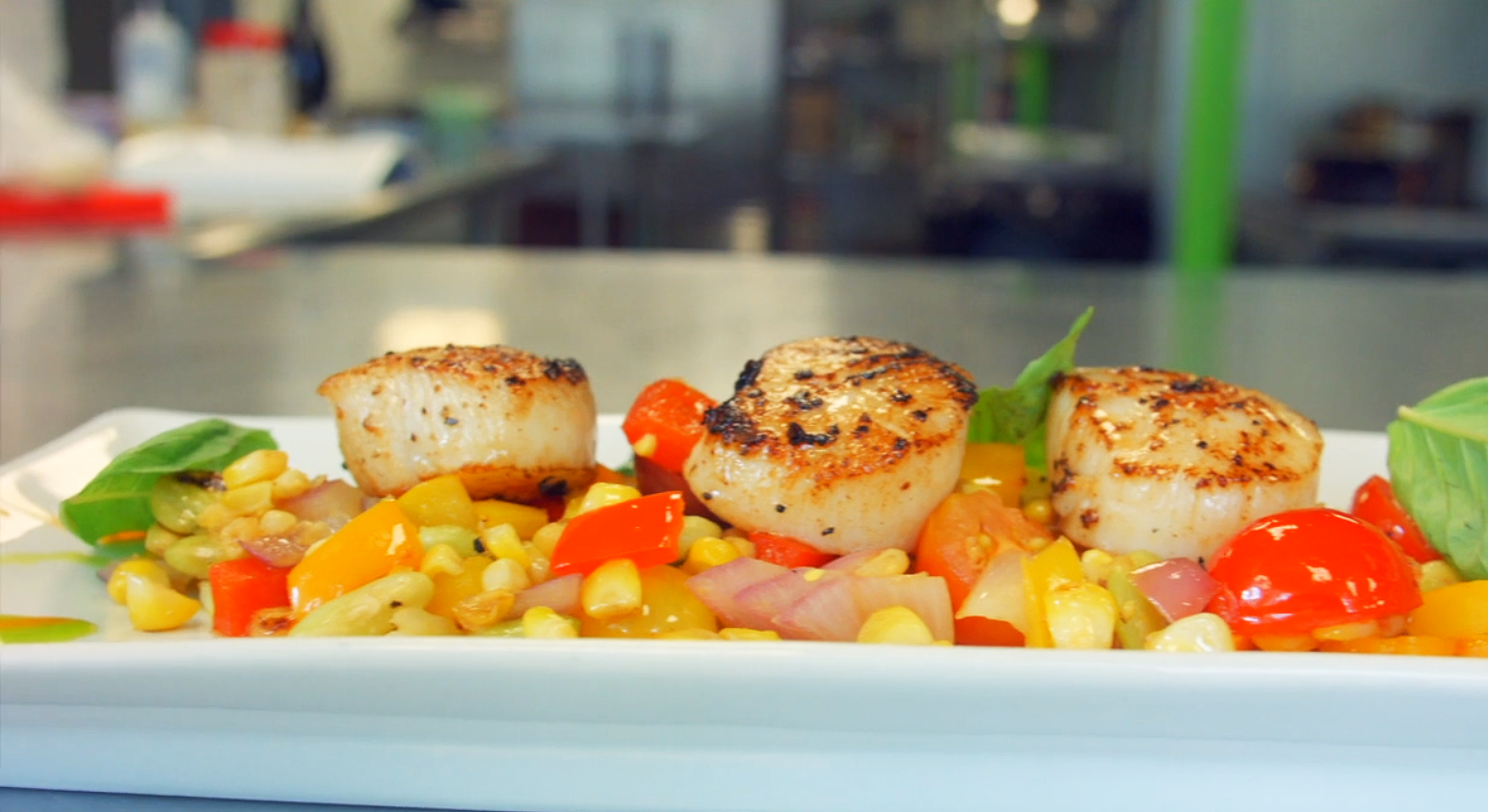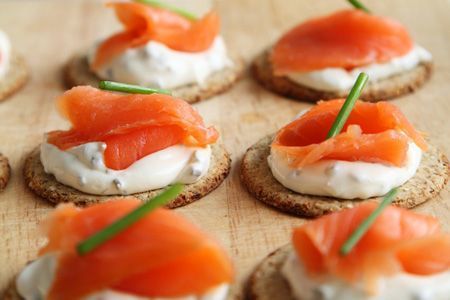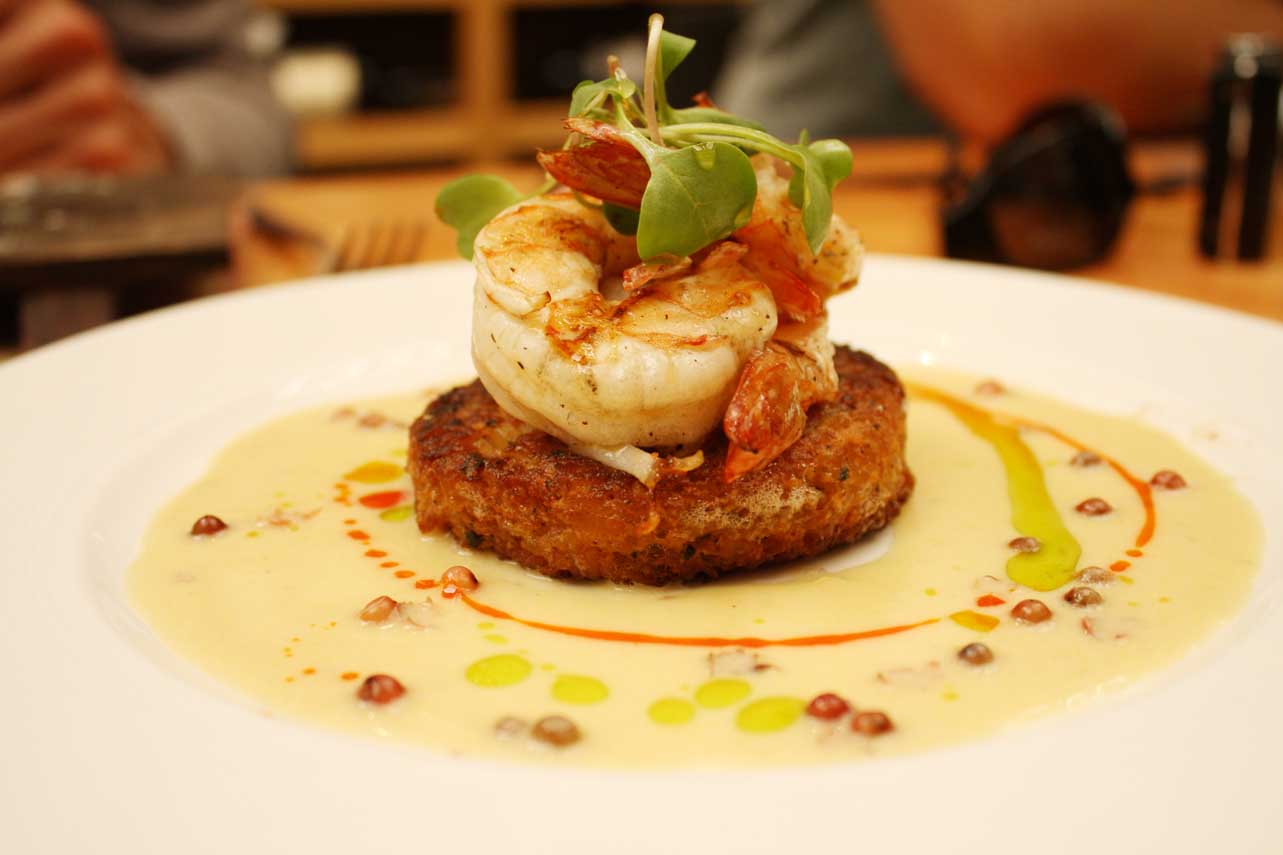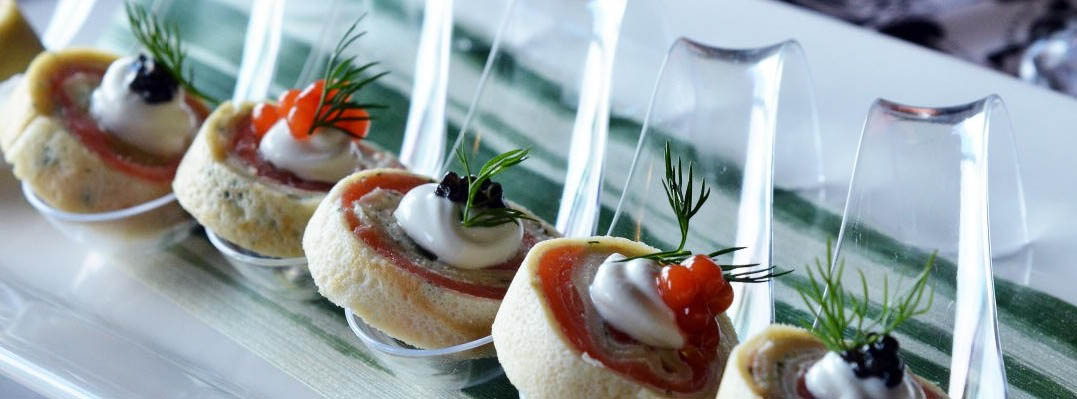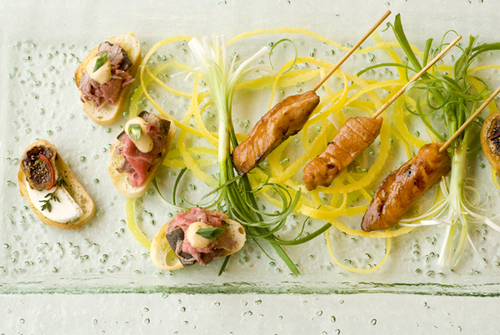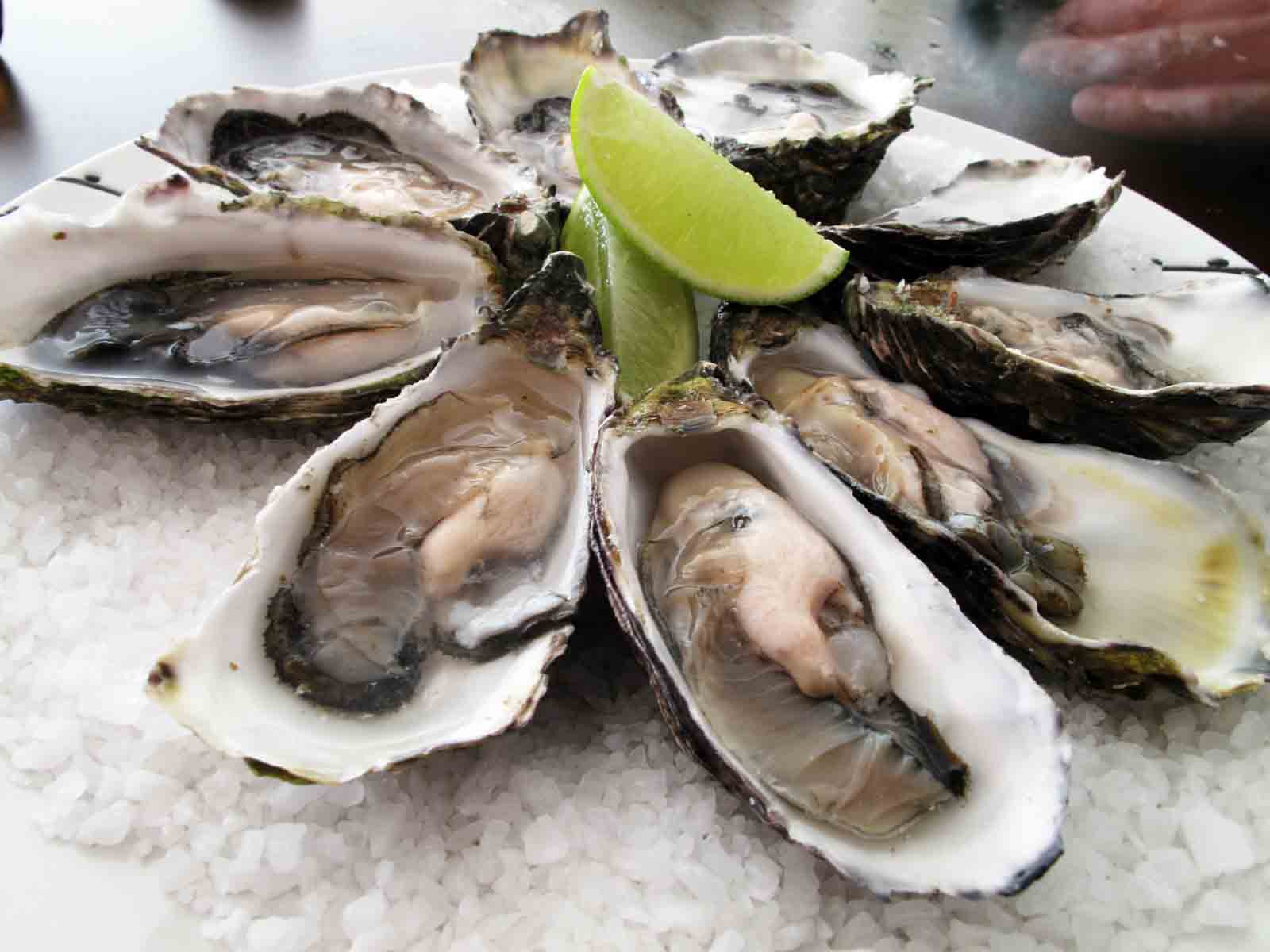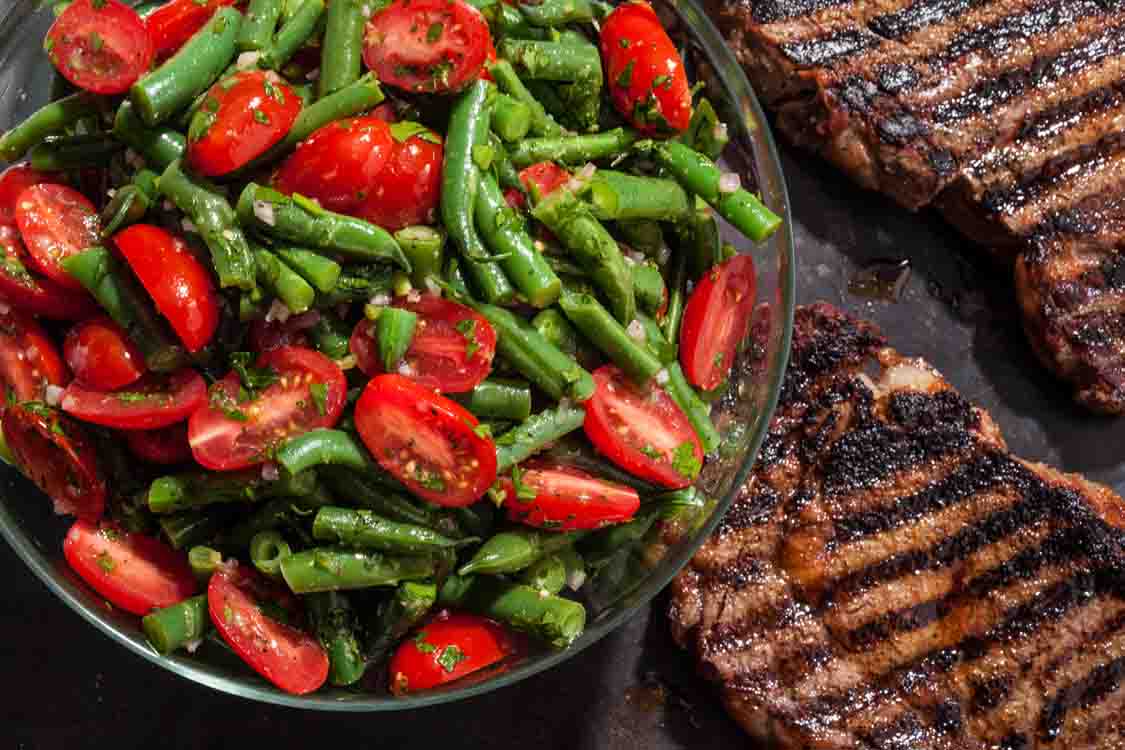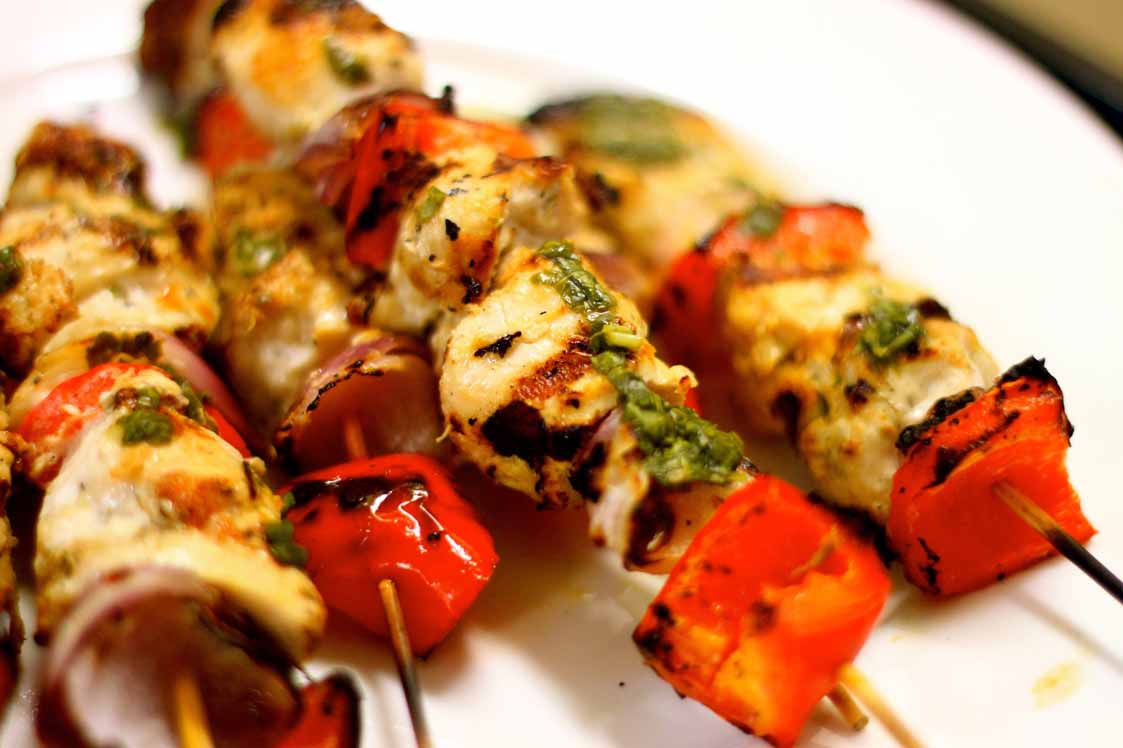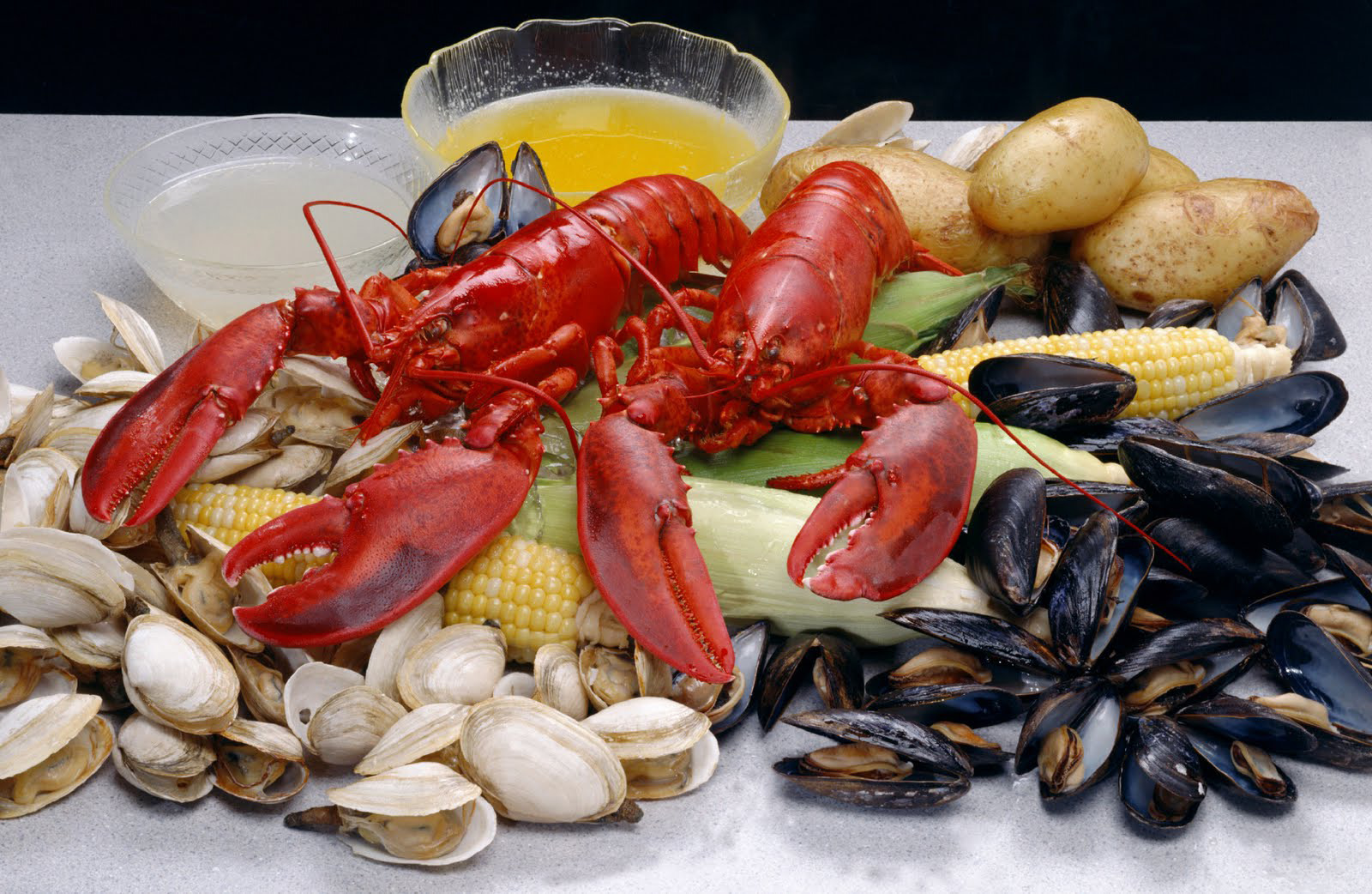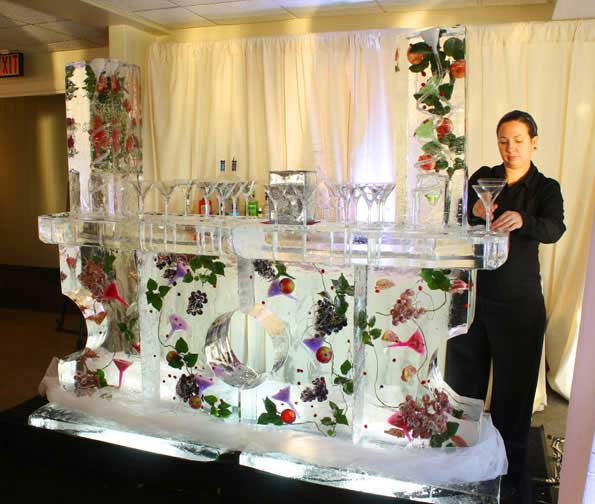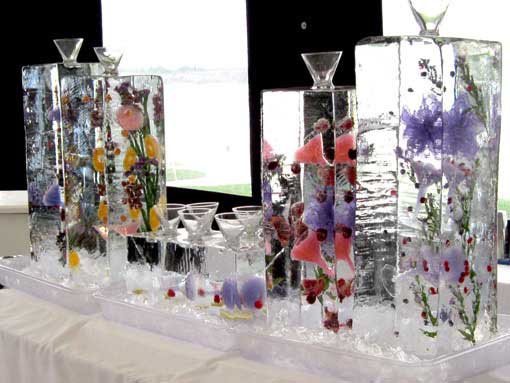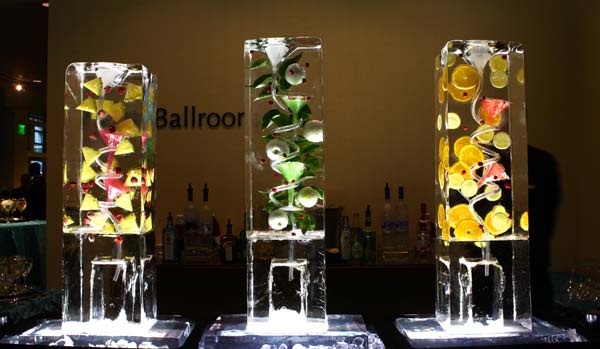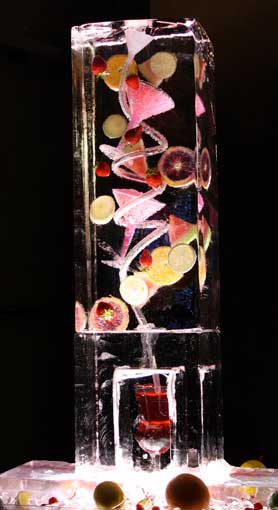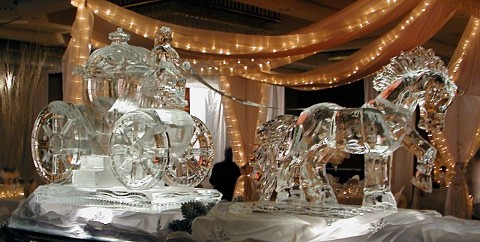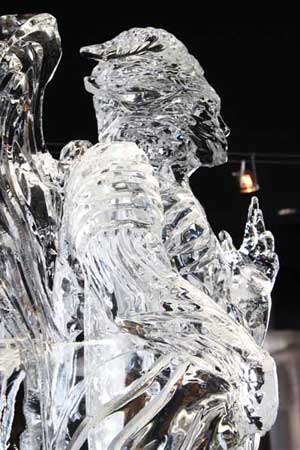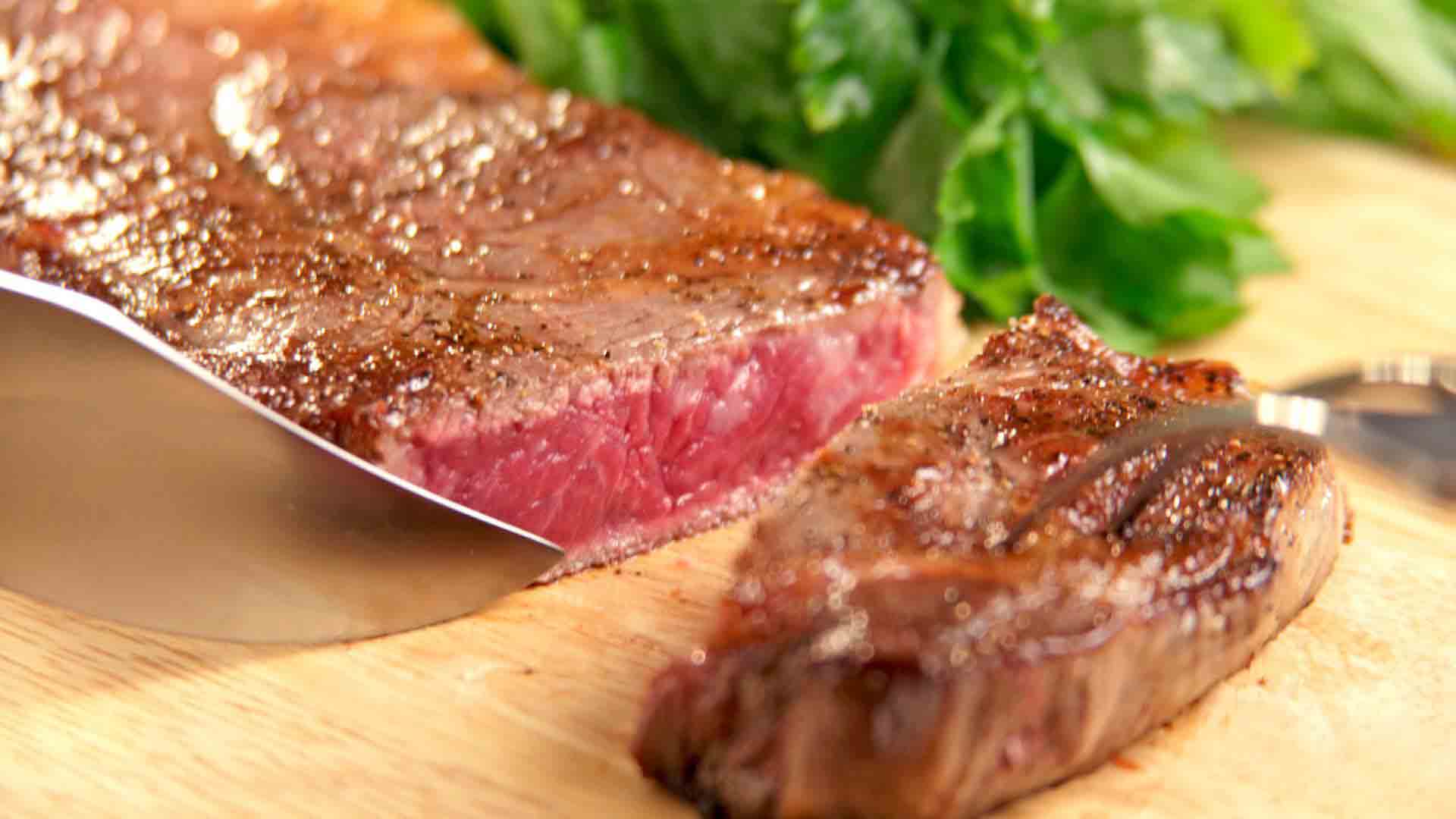
“Meat and Greet” ~ The Best and Worst Cuts of Beef
“Meat and Greet” ~ The Best and Worst Cuts of Beef:
People ask us all the time what the best and worst cuts of beef are. We tried to summarize it below as best as possible:
Grades of Beef:
The best and worst cuts of beef can be broken down into different grades. Grading is usually done by third party organizations and government agencies like the USDA. The grades of meat are typically determined by the marbling of the meat and the age of the animal. In the US, the grades are broken down into prime (top), choice, and select (bottom).
Only about 2% of the beef produced in the US is prime beef. This meat is usually exported overseas or sold to top restaurants. Essential Chefs Catering only uses prime grade beef or higher such as Kobe, Brandt All-Natural or Wagyu beef. Usually what you find on the supermarket shelves fall into the choice and select categories.
Cuts of Beef:
When selecting quality cuts of meat, marbling is an important factor. Marbling gives meat its flavor. When meat has less fat or marbling, it is usually leaner and more tender, but does not have as much flavor. When you see streaks of fat throughout the meat, you will get a more flavorful steak but may sacrifice a little tenderness.
American cuts of meat can be broken down into two major categories – the hindquarter and the forequarter.
Hindquarter Cuts:
- Loin:
- Short loin – from which the T-bone, Porterhouse, and strip steaks are produced.
- Sirloin – less tender but more flavorful and is further divided into top and bottom sirloin (the bottom sirloin is less tender)
- Tenderloin – which is the most tender and contains the filet mignon, tournedos, tenderloin steak, chateaubriand, and roasts for beef Wellington.
- Round:
- Lean, lower fat (less marbling), but moderately tough.
- Requires moist or rare cooking
- Round steak, eye round, and bottom round steaks and roasts.
- Flank:
- Used most for grinding
- Produces the flank steak, skirt steak (for fajitas), and London broil.
- Better when marinated or braised to improve flavor and tenderness.
Forequarter Cuts:
- Chuck – the source of bone-in chuck steaks and roasts. The trimmings and some whole boneless chucks are ground for hamburgers.
- The Rib- contains part of the short ribs, the prime rib and rib-eye steaks. The rib-eye is less tender but has more flavor due to the marbling of the cut.
- Brisket – mostly used for barbecue, corned beef or pastrami.
- Plate – the other source of short ribs, used for pot roasting, and the outside skirt steak, which is used for fajitas. This cut is also commonly used to make pastrami. The remainder is usually ground, as it is typically a tough and fatty meat.
- Shank – used mostly for stews and soups; it is not usually served any other way because it is the toughest of the cuts.

